163/366
As of the day this article is posted, we will be 45% of the way through 2024. Now is a good time for my resolution review! My overarching goal every year is “make better choices than last year.” I have been sticking to that, albeit a bit differently than I planned. Originally my goal had been focused around making the doctors appointments I had been procrastinating, but when I lost my health insurance (woooo! USA! USA!)I needed a new plan. Instead I have been focused on eating better & exercising more- the boring resolutions.
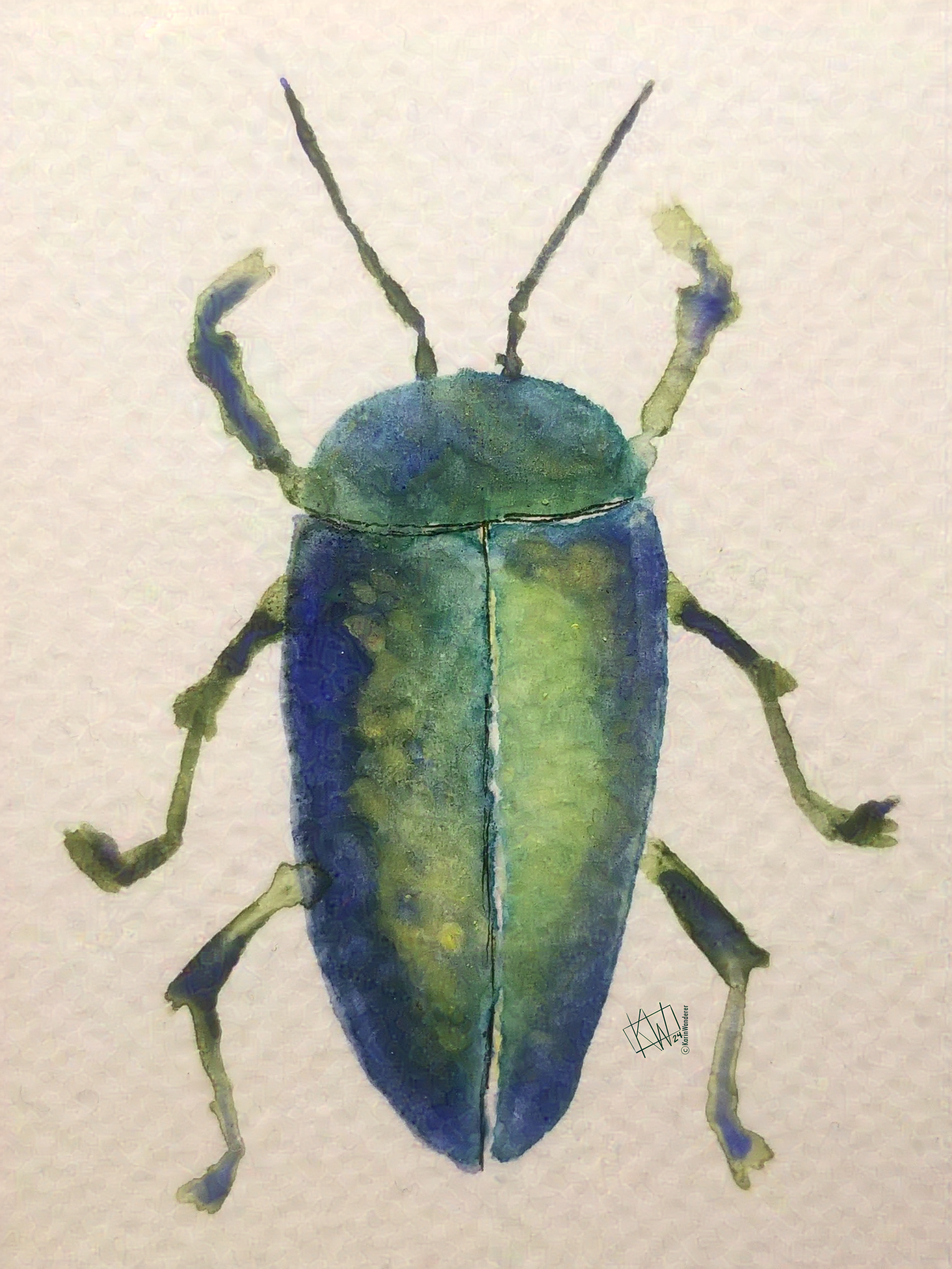 Eat Your Greens
Eat Your Greens
All 5 of my specific goals for 2024 have been focused on art. Here they are, listed in order of what I thought (in January) would be least to most challenging:
Let’s See How I’m Doing!
Goal 1: New Art Challenge Approaching!
I wanted to create my own art challenge to see/share other peoples’ art, to entertain people, & to help me stay focused on a single category of painting instead of flitting from one topic to the next at random..
How Am I Doing So Far: Success! Check out #KWPrompts for more info on the current theme (as of this article’s posting, it’s #Plants!) #KWPrompts is the most laid-back art challenge on the internet. You can submit a new picture every day, work on one picture for the whole challenge, or post pictures randomly. You have plenty of time to make your art however you want. Now instead of bouncing from subject to subject without rhyme or reason, I spend 2 weeks on a single theme. I love it!
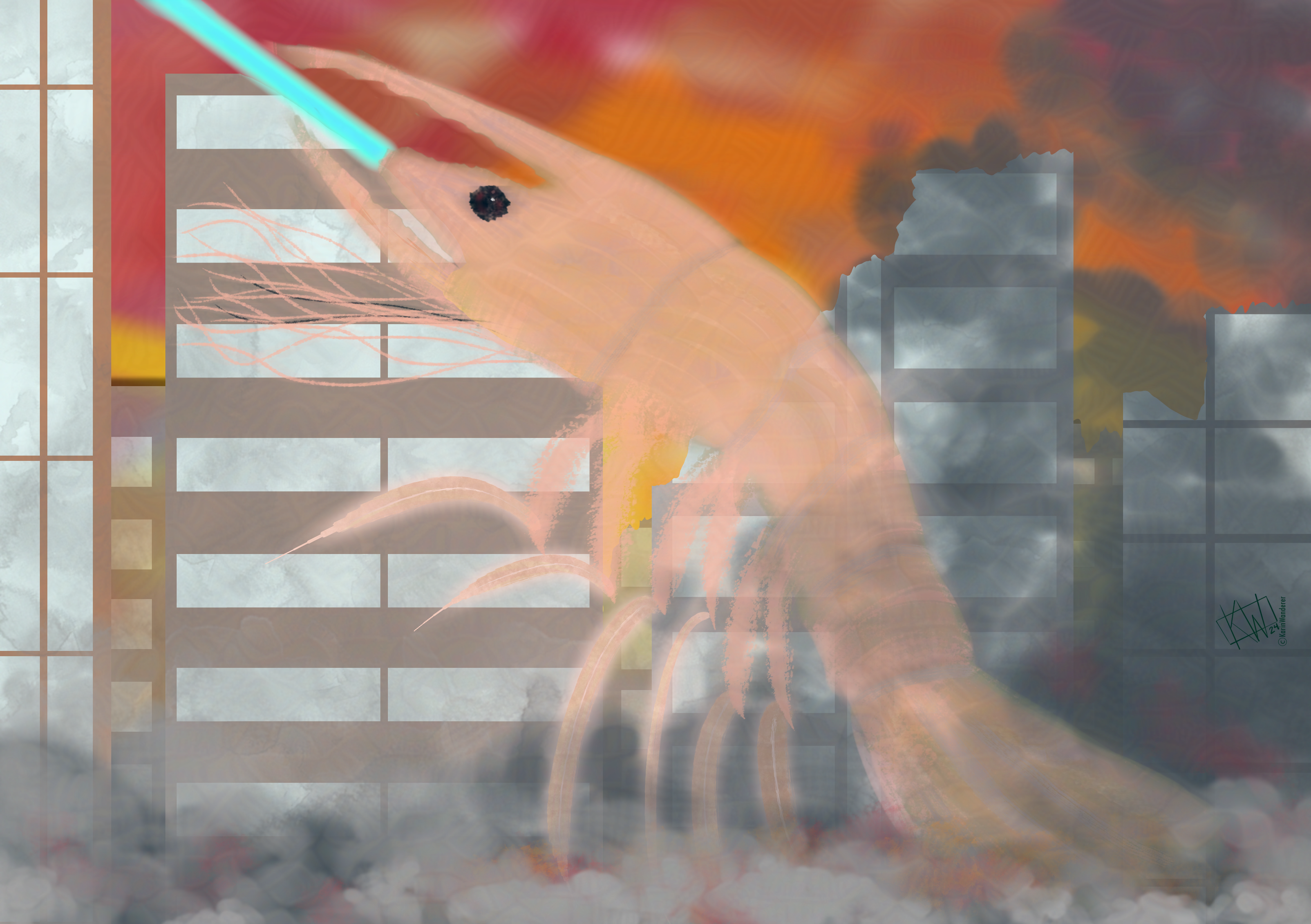 The #Cryptid prompt brought us Shrimpzilla, hallowed be Her name
The #Cryptid prompt brought us Shrimpzilla, hallowed be Her name
Goal 2: Feature More Artists!
I should have put this goal way at the end with the harder stuff. For my featured artist articles I research the artist, reading everything I can get my hands on that they’ve written (including picture books) & viewing every piece of their art I can get in front of my eyes. (I have a fantastic library network available to me, but having to wait on hold lists makes everything move in fits & starts.) Then I write about the artist & review a few of their picture books before picking a few things from their work to paint myself & accompany the article. It is a labor of love, with a whole lot of love, but also a whole lot of labor.
Originally I had thought to interview some artists directly (online), which would reduce my workload a bit. I guess I forgot how bad I am at reaching out & asking for help? I get so anxious thinking about it that I haven’t even made a list of artists I might reach out to.
How Am I Doing So Far: Bad. Trying to research Tomie dePaola – who worked on over 200 picture books – broke me entirely. My featured artists series will continue- but slowly. If there is an artist who you think should be featured, let me know on Mastodon, Ko-Fi, or BlueSky.
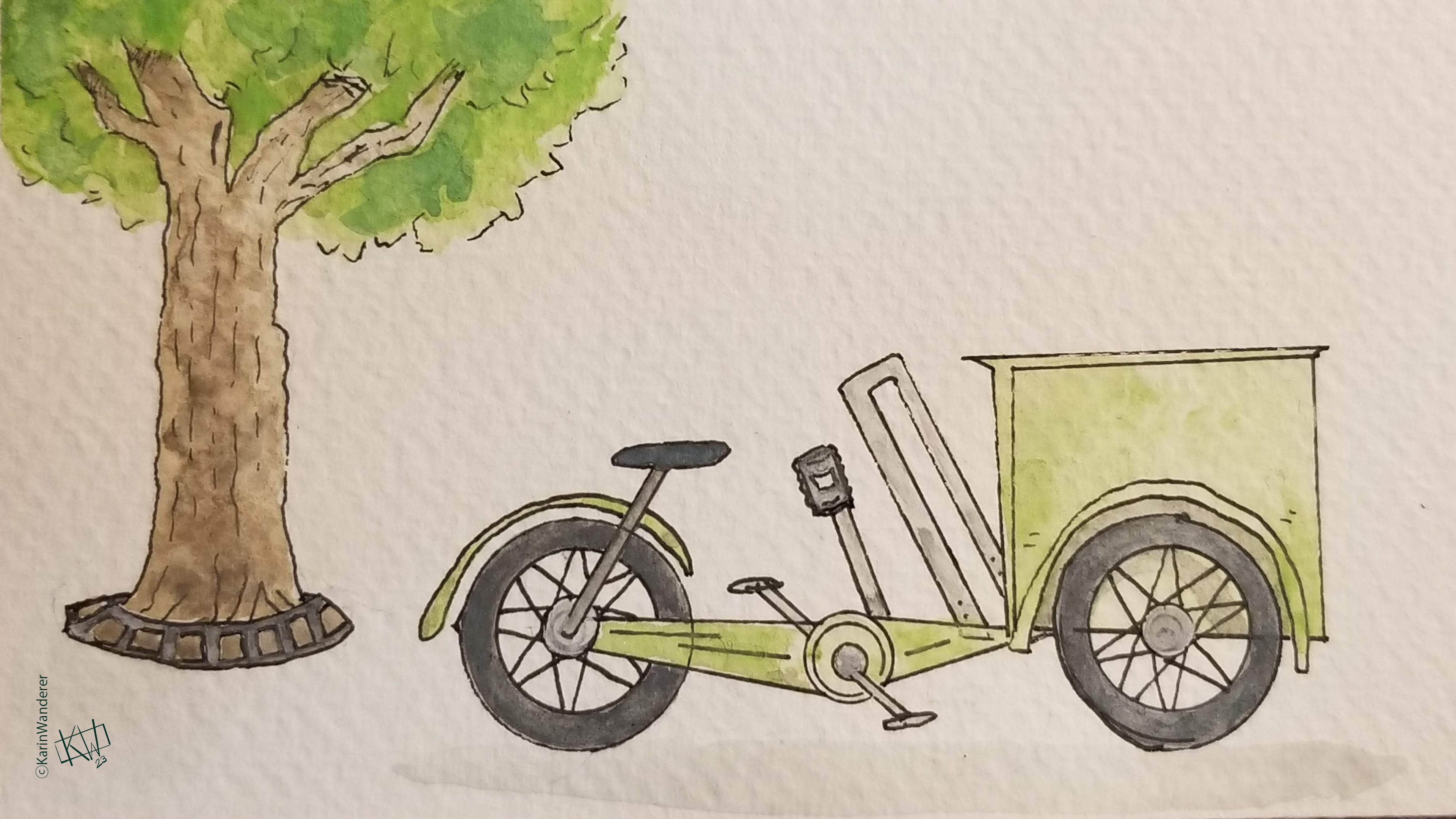 Do yourself a favor: read My Beijing by Nie Jun
Do yourself a favor: read My Beijing by Nie Jun
Goal 3: Expand My Shop
This one is pretty self-explanatory, I want to expand my shop & update it more frequently.
How Am I Doing So Far: Success!
My Ko-Fi shop has my art available digitally.
My Spring shop has useful art on mugs, notebooks, & practically indestructible vinyl stickers for you to stick on other useful things!
[A portion of all sales go to help support the LA Food Bank.]
I’m even getting better at updating my shop frequently! If there is a piece you wish I sold, let me know- I will add it & send you a coupon code
 Imp Cat is waiting for you
Imp Cat is waiting for you
Goal 4: Tell Everyone How Awesome Animals Are
News flash: Animals are fantastically wonderfully great, folks. My goal is to get the picture book I have been writing about Marine Animals to the “dummy” (or mock-up) stage!
How Am I Doing So Far: OK, but I’ve hit a surprising snag. I paint very small, because I like it & because I have no money to buy more watercolors & paper. Unfortunately, my standard 3x3 inch squares are too small for this project! I need my paintings to be as big or bigger than the picture book page, because you can size something down & have it look nice but that doesn’t work in reverse. I am trying to paint larger pieces & conserve materials at the same time, which leads to me painting lots of small pieces to test things out & then one larger piece to see if the details work on a larger scale. It is quite frustrating to work like this (why yes you can help me, thank you muchly!) I am enjoying the work though, & I’ve gotten a lot done. I am learning so much at every step, & I really love the process.
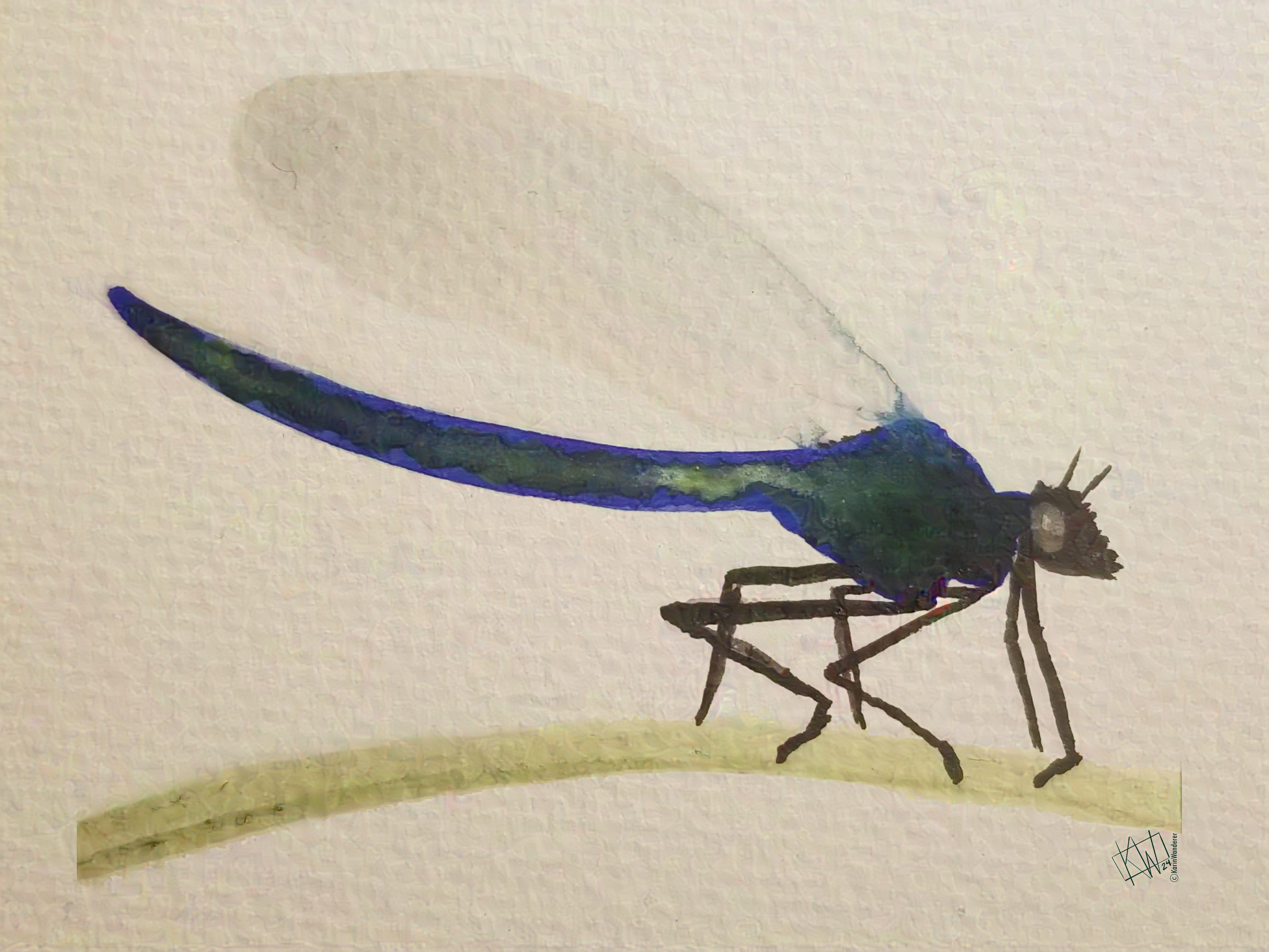 Damselflies hold their wings together, dragonflies stretch theirs out to either side.
Damselflies hold their wings together, dragonflies stretch theirs out to either side.
Goal 5: Touch Grass, Seek Inspiration
I thought this was the hardest goal I’ve set. I want to spend this year experiencing a wider range of art. My plan involved going to Museums, Galleries, Art Fairs, etc., or just walking around outside taking pictures. Why was I thinking this would be the hardest? Because I have agoraphobia.
How Am I Doing So Far: Pretty good, all things considered. I haven’t made it to many museums, because I'm terrible at remembering when their free admission days are, but I have been going out & walking around more. I am very lucky to live in a neighborhood where every building has at least a small yard, & most are full of lovely plants!
 Whatever works, right?
Whatever works, right?
There we have it- 6 month’s worth of work. Sometimes it can be frustrating, sometimes it feels like I'm making no progress at all. When it gets to be too much I imagine I am running a Couch to 5k. My first goal would not be “run 5k”, or even “run 1k”– it would probably be “stretch really well” or “walk around the block.” It is a good way to remind myself that “slow & steady wins the race.” Also I hate running, so it's always nice to remember I'm actually not training for a 5k. Everything seems easier compared to long-distance running! Perspective is important.
Overall I’ve made decent progress on my goals so far. Touching base halfway through the year is always useful to me. I wonder how much progress I’ll make over the next 6 months!
But enough about me, how are your resolutions going?
Let me know on Mastodon, Ko-Fi, or BlueSky!
I'll save you a search through a broken engine: the title is from “Pictures of Success” by Rilo Kiley
Get my art on mugs & vinyl stickers in my Shop!
Join us for #ArtABCs, the best art challenge on the internet!
- All pictures posted are my own work.
- All reviews are my own unpaid & unsolicited opinions.
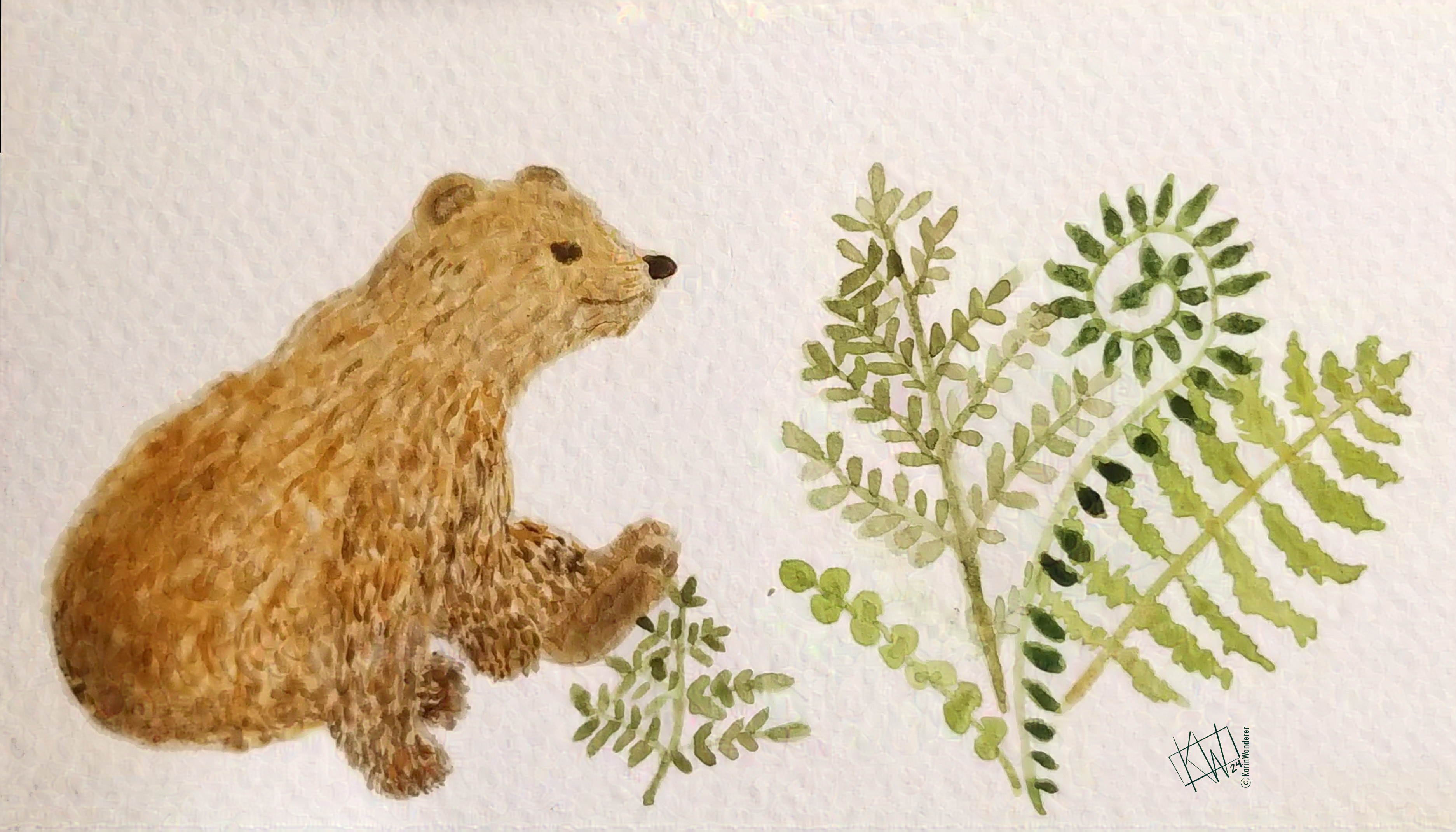 I do not paint bears often
I do not paint bears often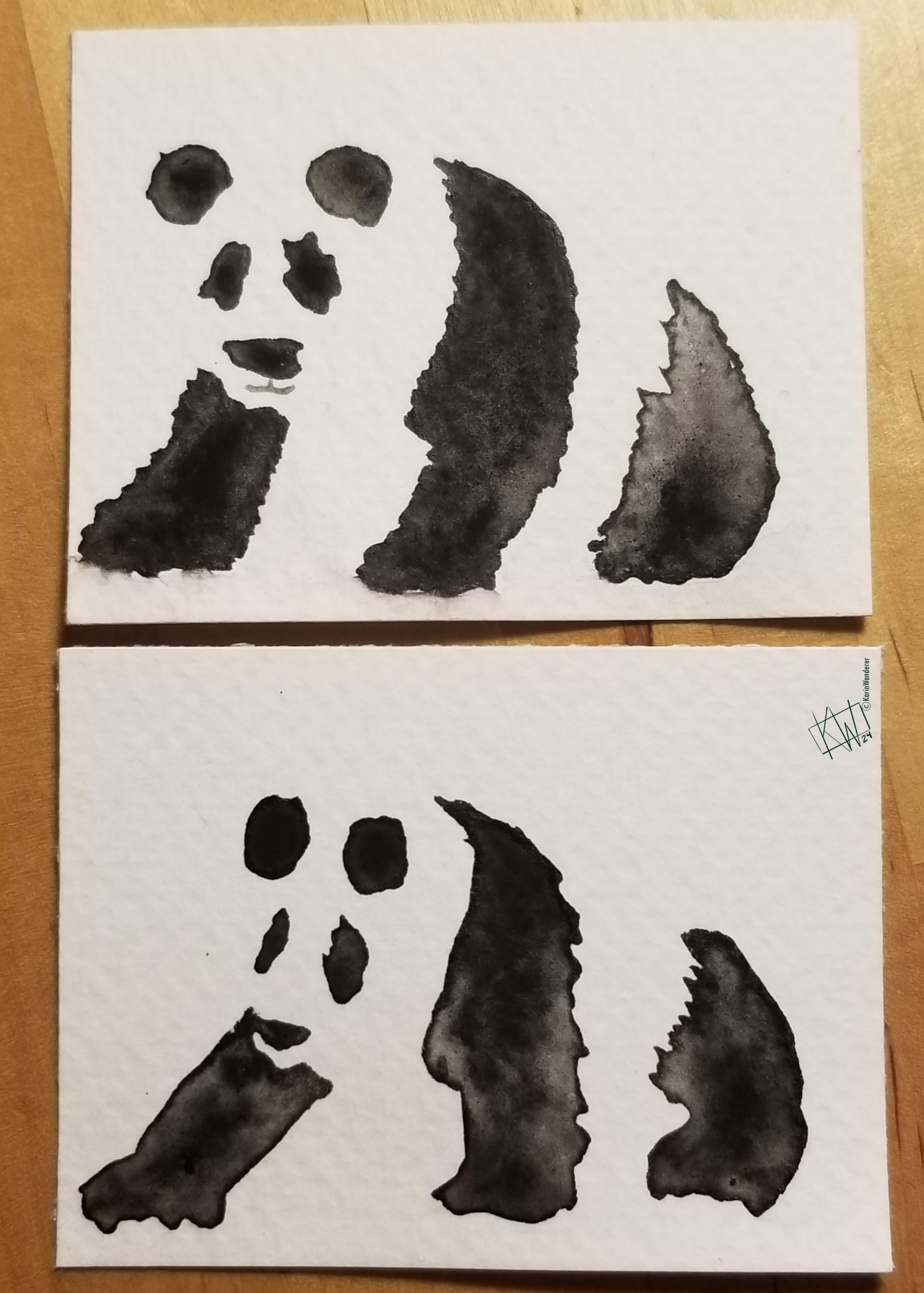 I practically never paint bears
I practically never paint bears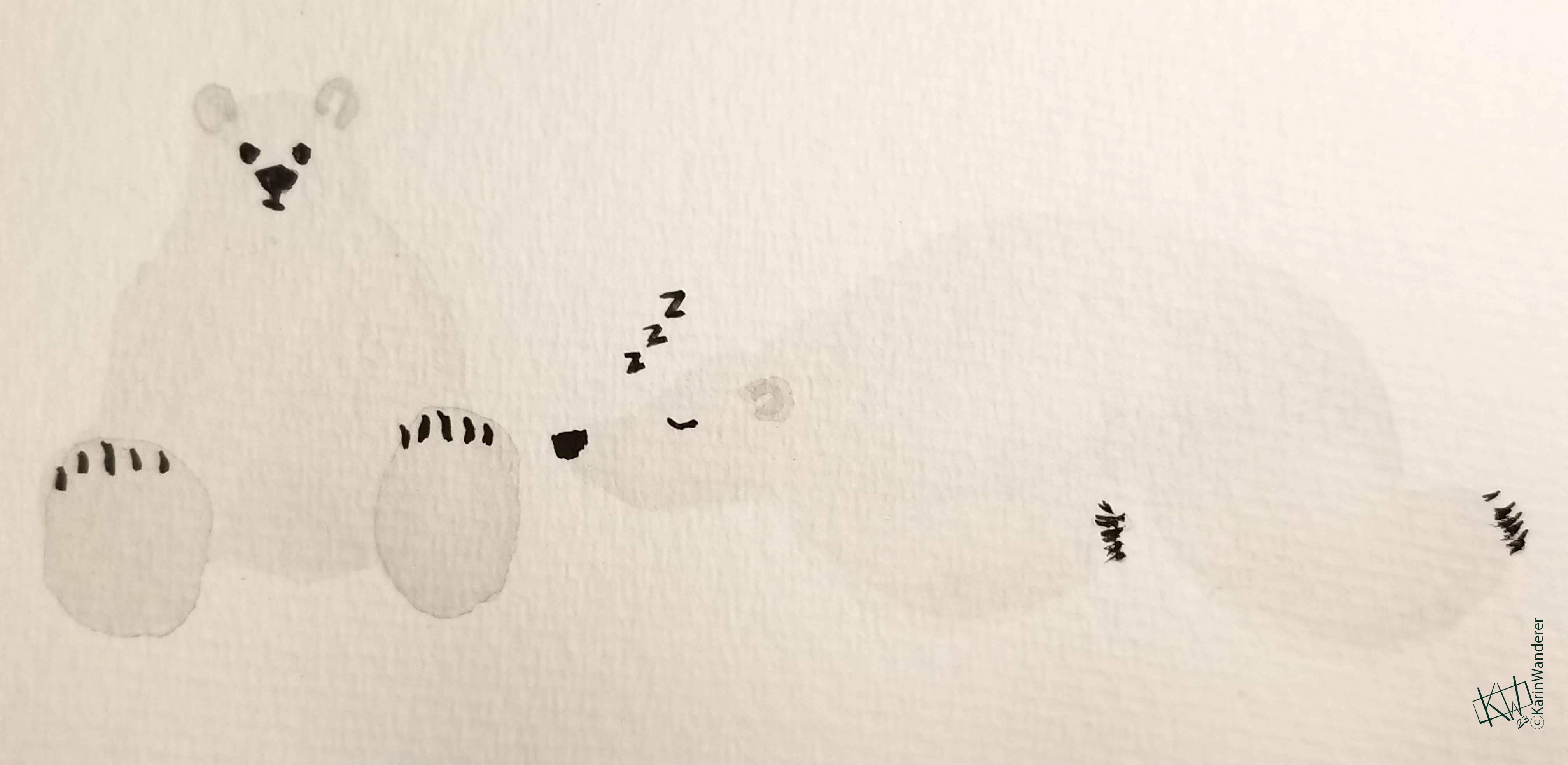 These may be all the bears I’ve ever painted
These may be all the bears I’ve ever painted Eat Your Greens
Eat Your Greens The
The  Do yourself a favor: read My Beijing by Nie Jun
Do yourself a favor: read My Beijing by Nie Jun Imp Cat is waiting for you
Imp Cat is waiting for you Damselflies hold their wings together, dragonflies stretch theirs out to either side.
Damselflies hold their wings together, dragonflies stretch theirs out to either side. Water Lily
Water Lily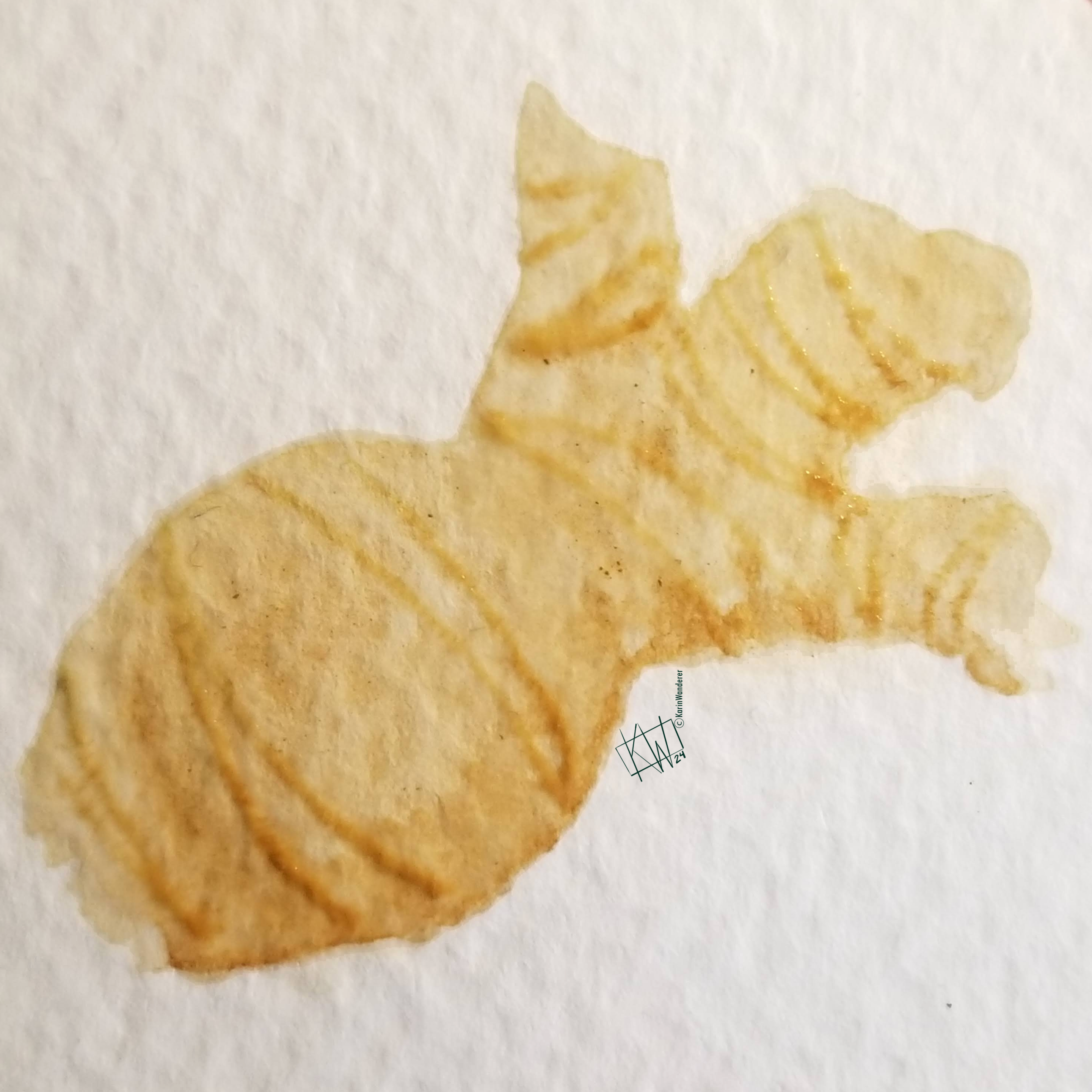 Ginger
Ginger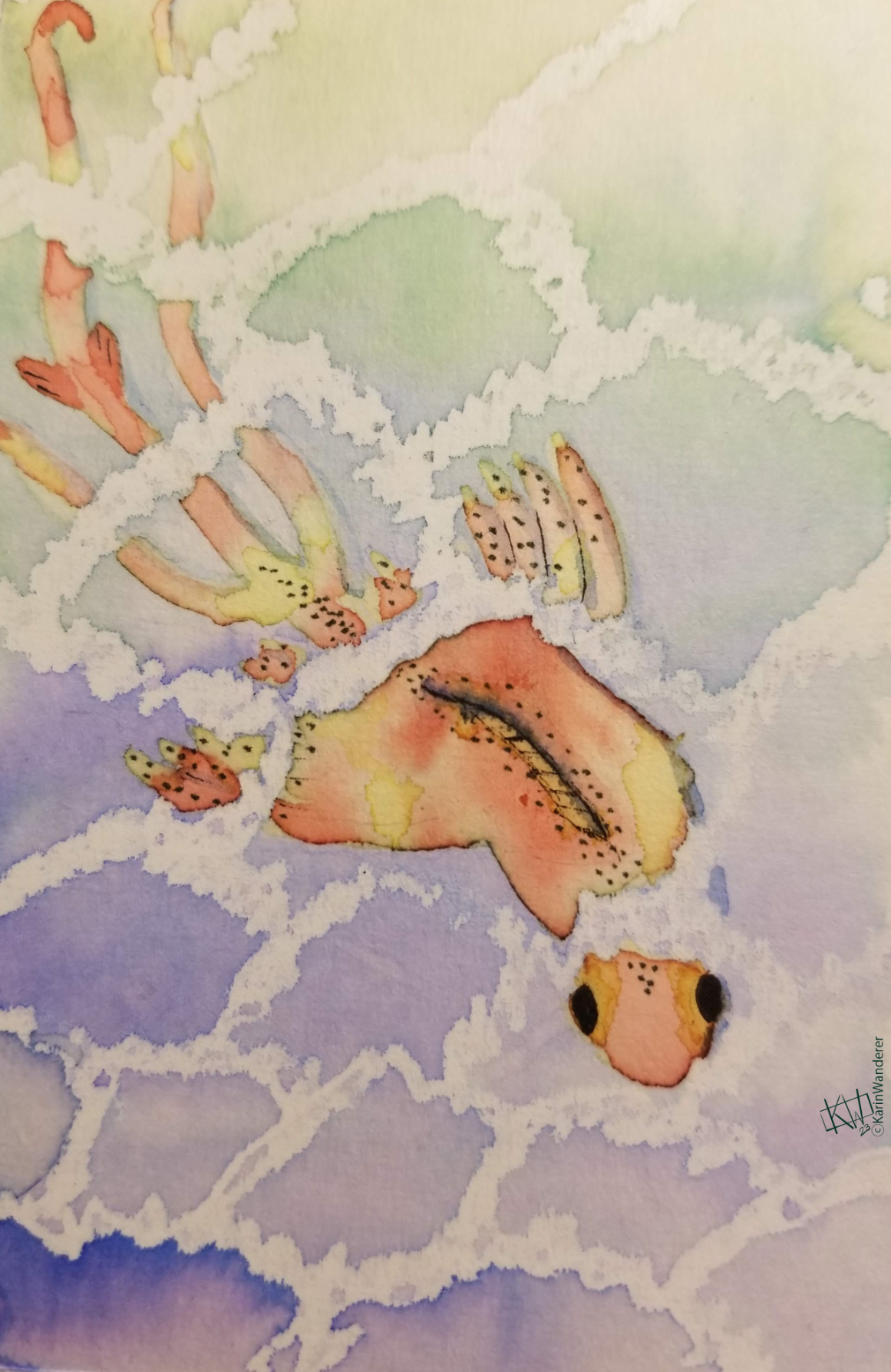 Lake monsters of the USA, just looking for a polling station…
Lake monsters of the USA, just looking for a polling station…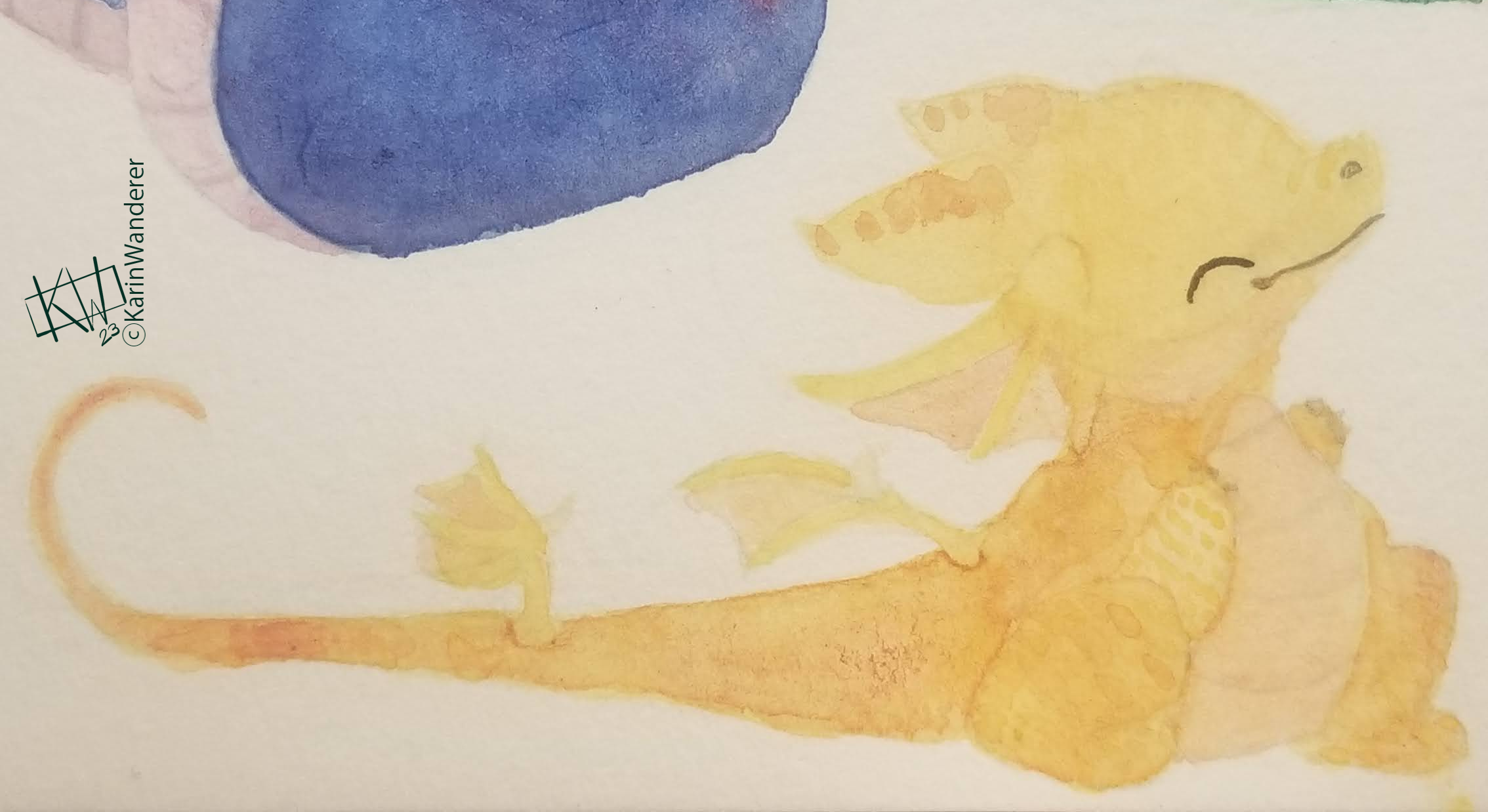 Swamp Dragon
Swamp Dragon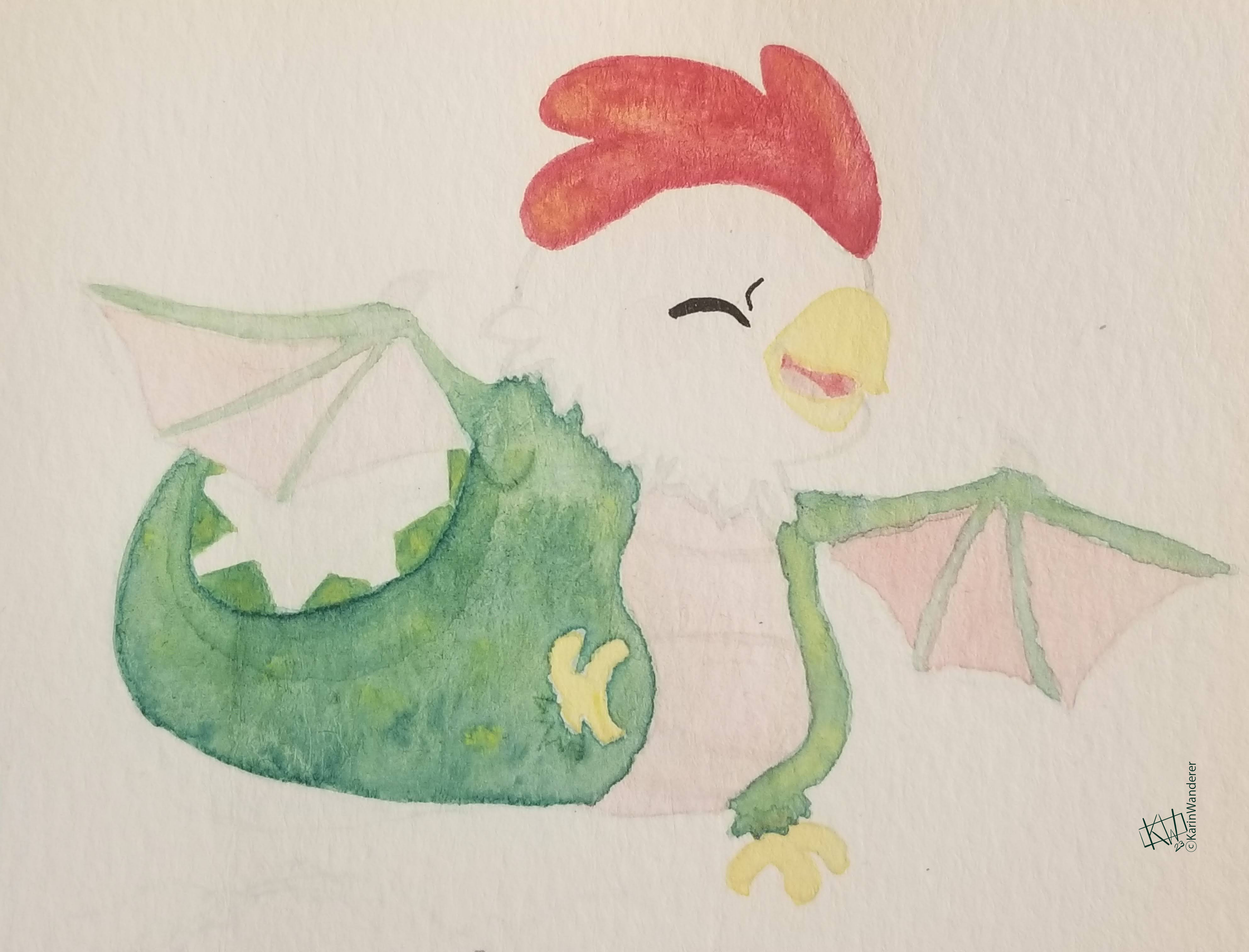 Cockatrice
Cockatrice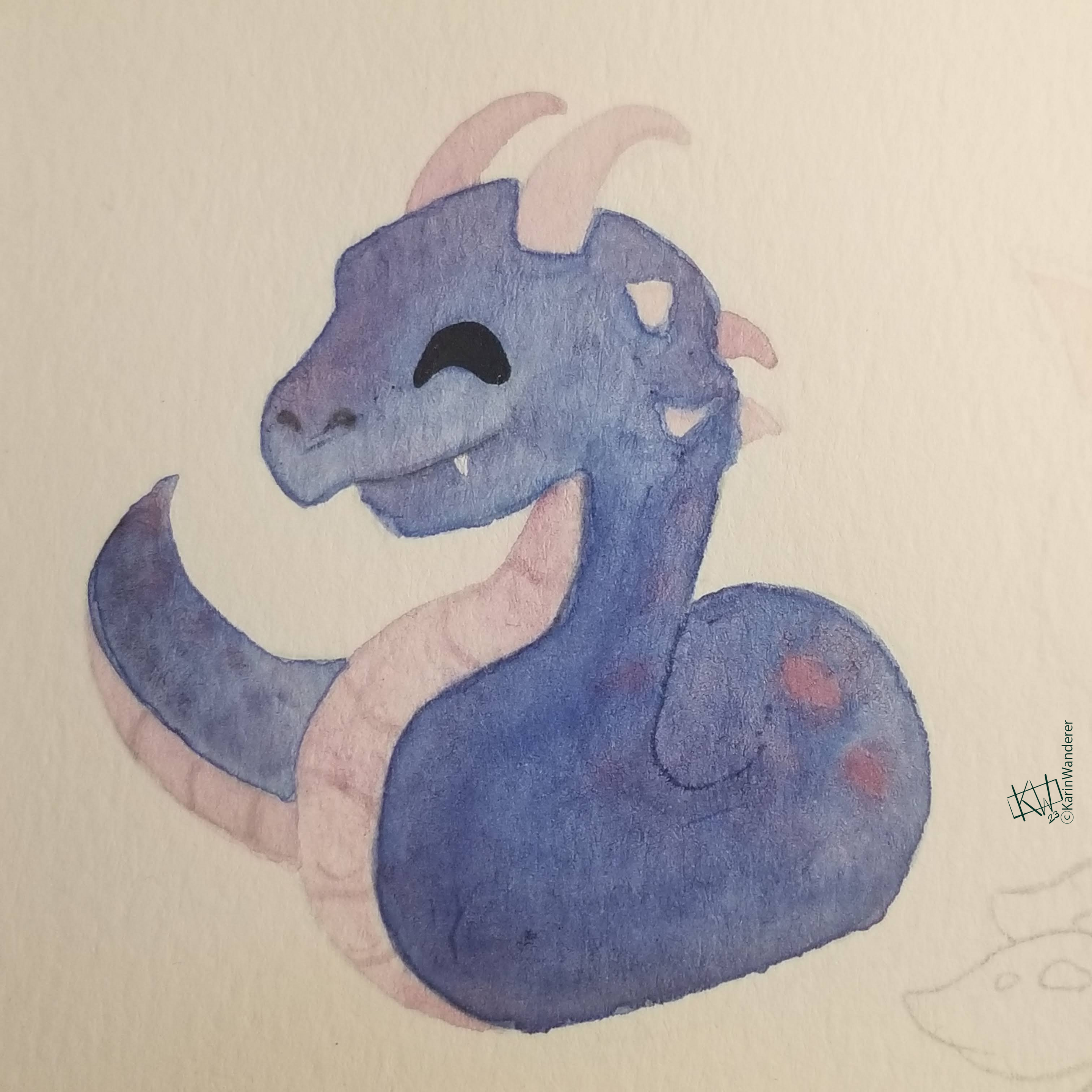 Basilisk
Basilisk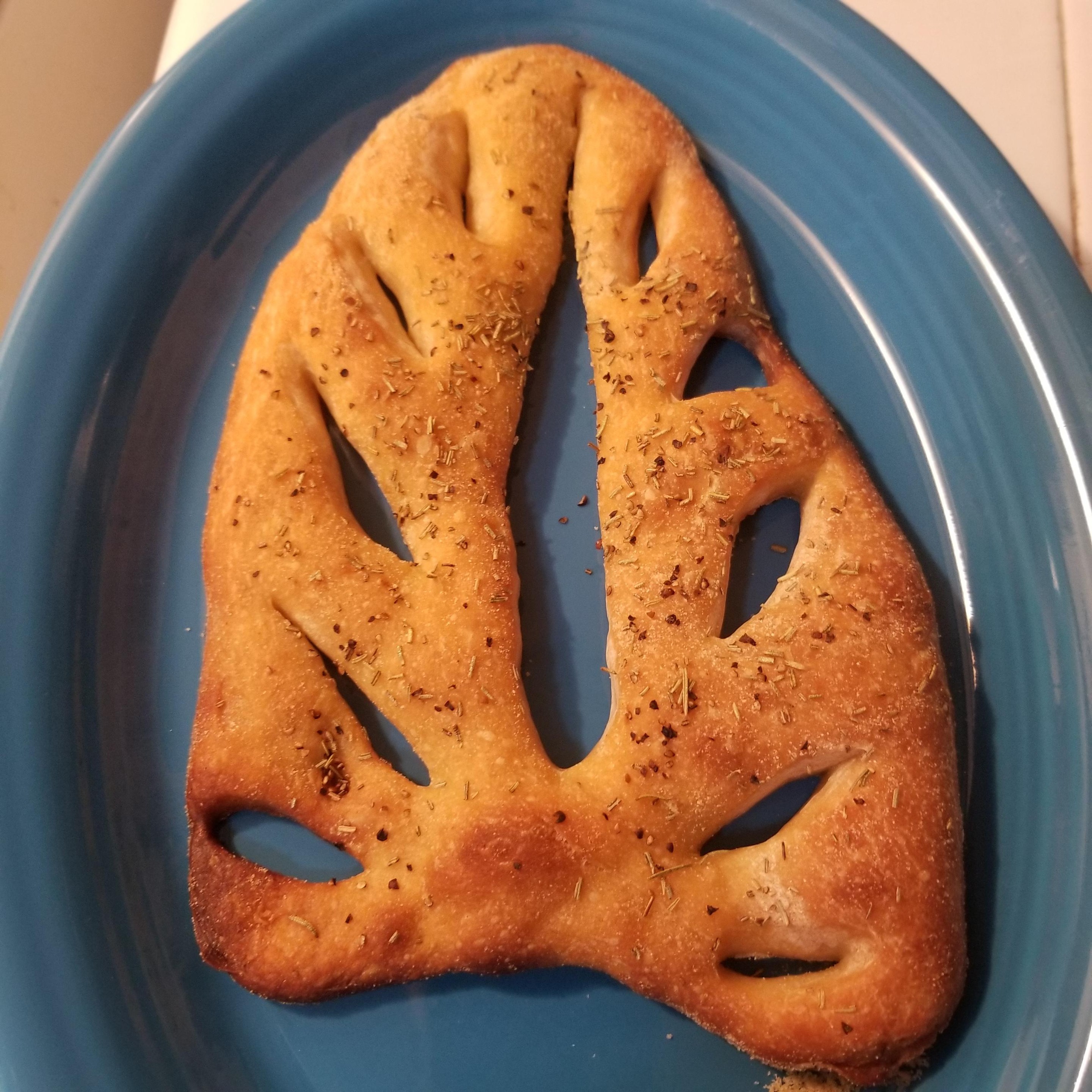 Baked Fougasse
Baked Fougasse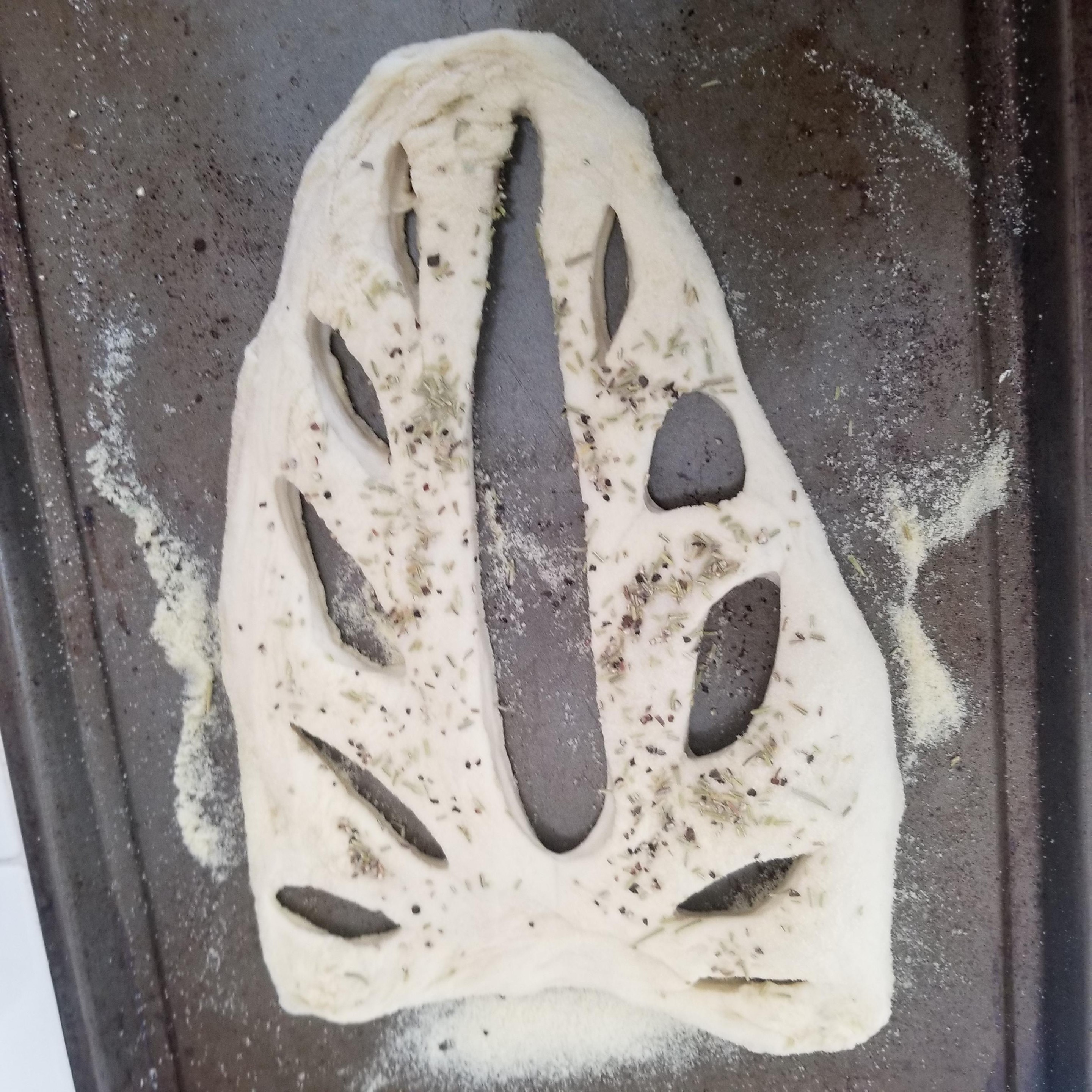 Unbaked Fougasse
Unbaked Fougasse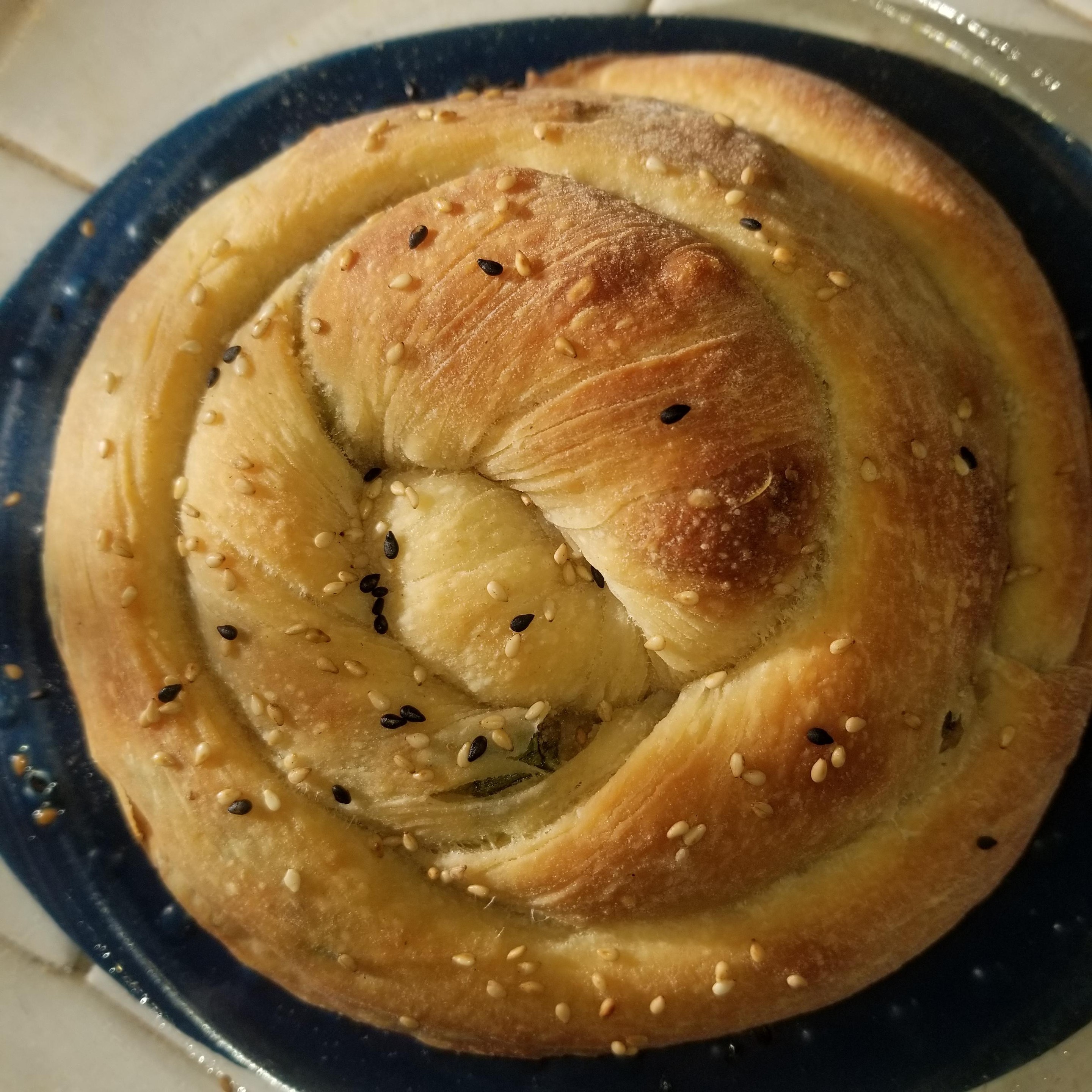 Baked Scallion Pancake Bread
Baked Scallion Pancake Bread Unrolled Scallion Pancake Bread
Unrolled Scallion Pancake Bread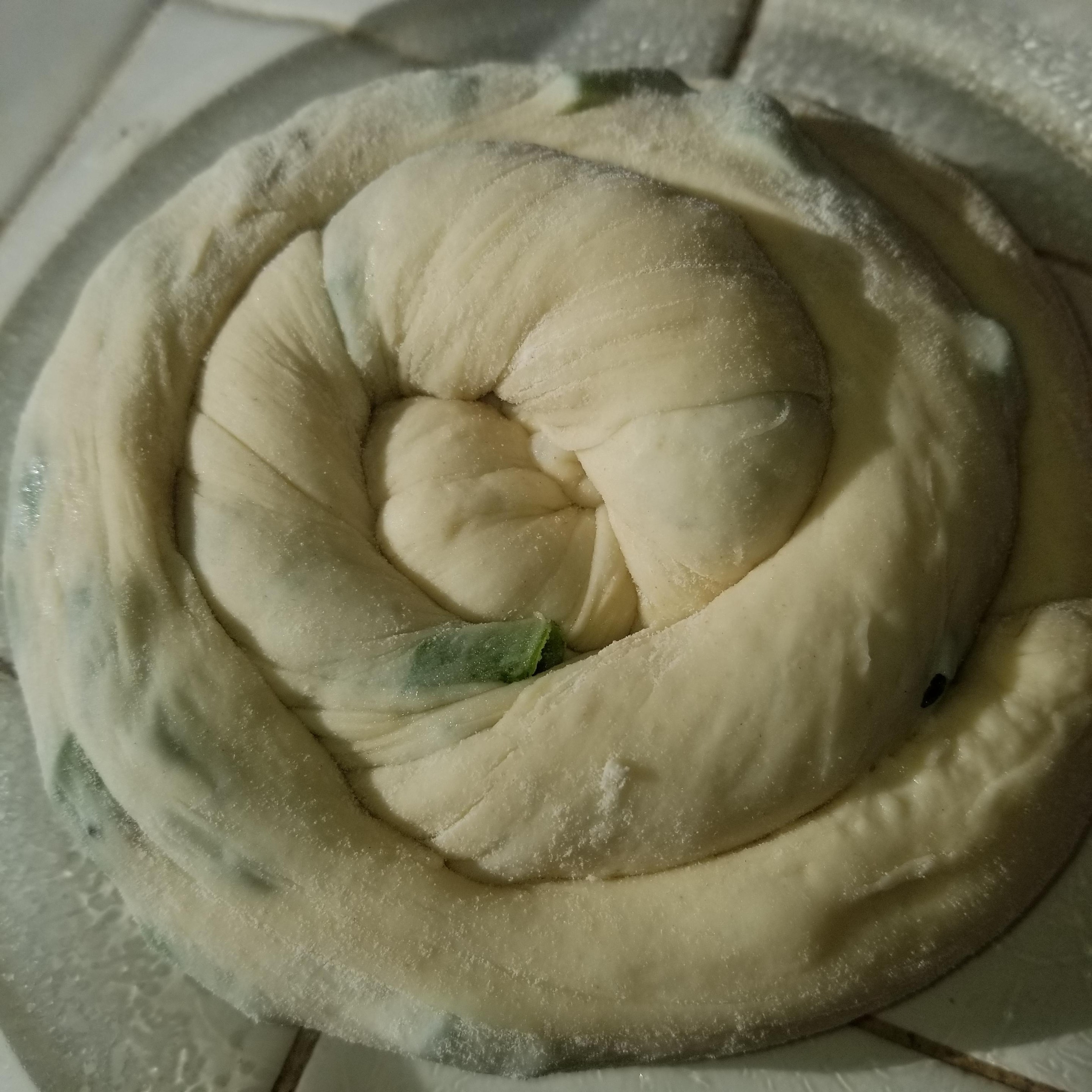 Rolled Scallion Pancake Bread
Rolled Scallion Pancake Bread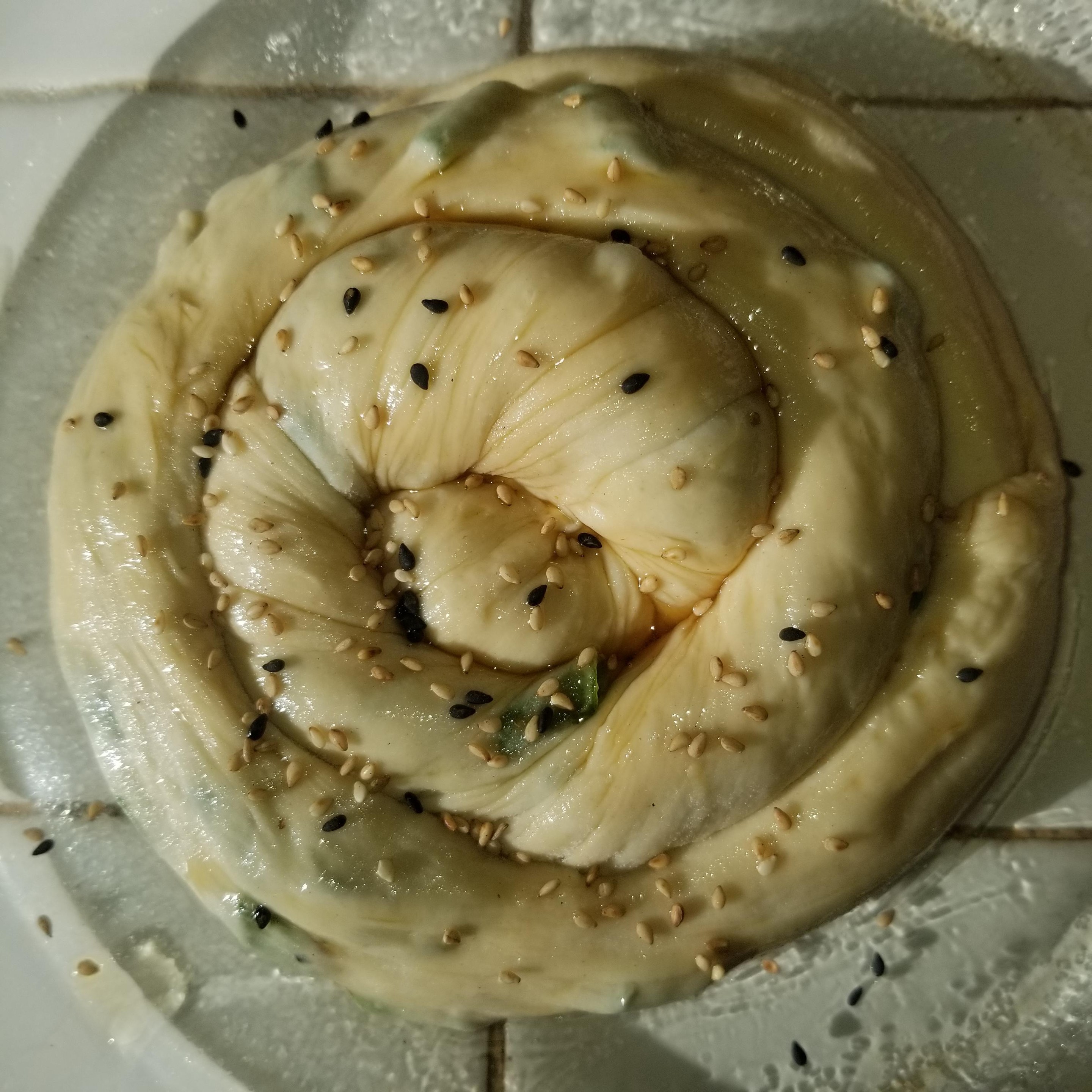 Ready to bake!
Ready to bake! The Calm Before The Storm
The Calm Before The Storm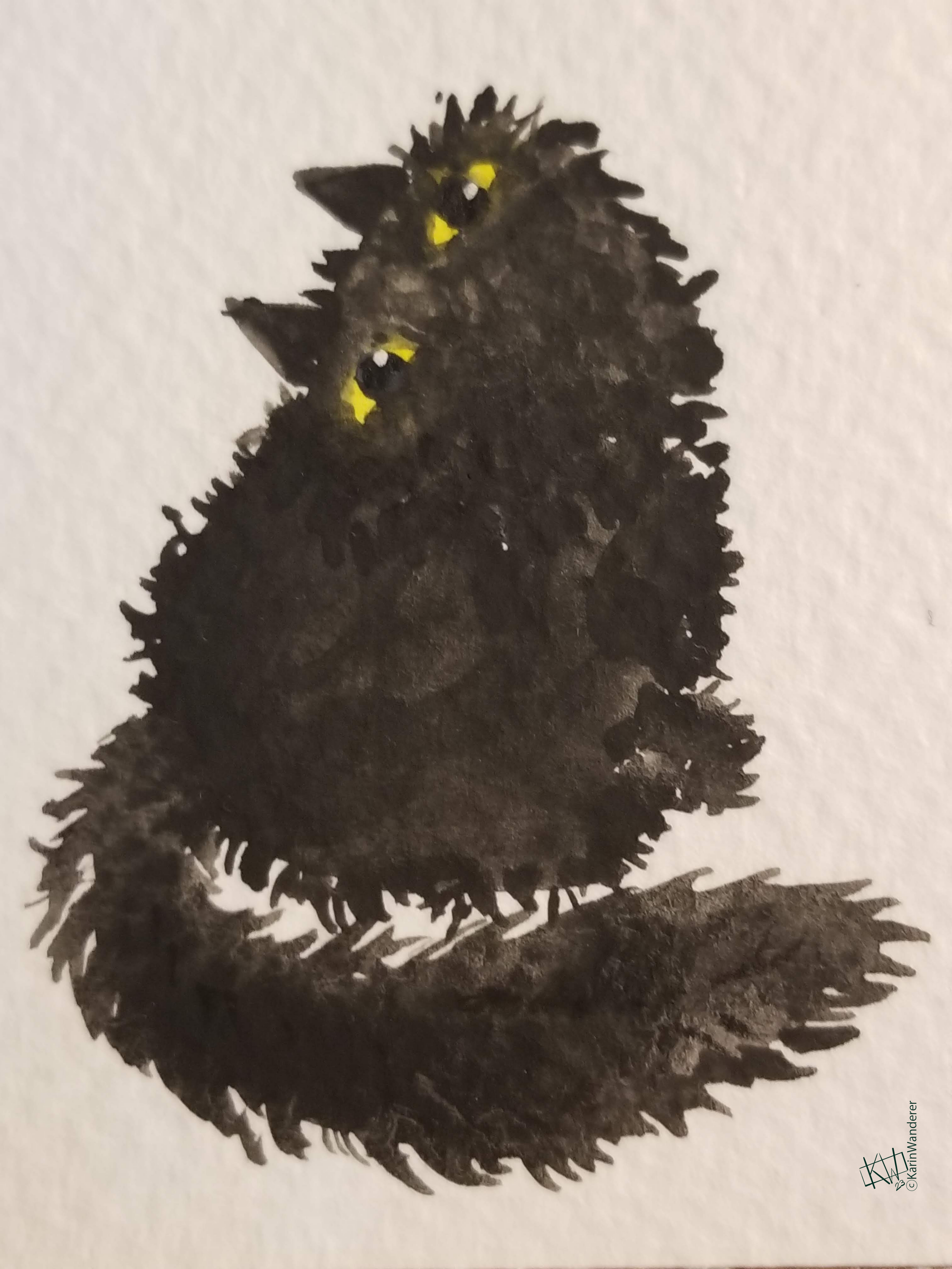 Imp Cat wants to play
Imp Cat wants to play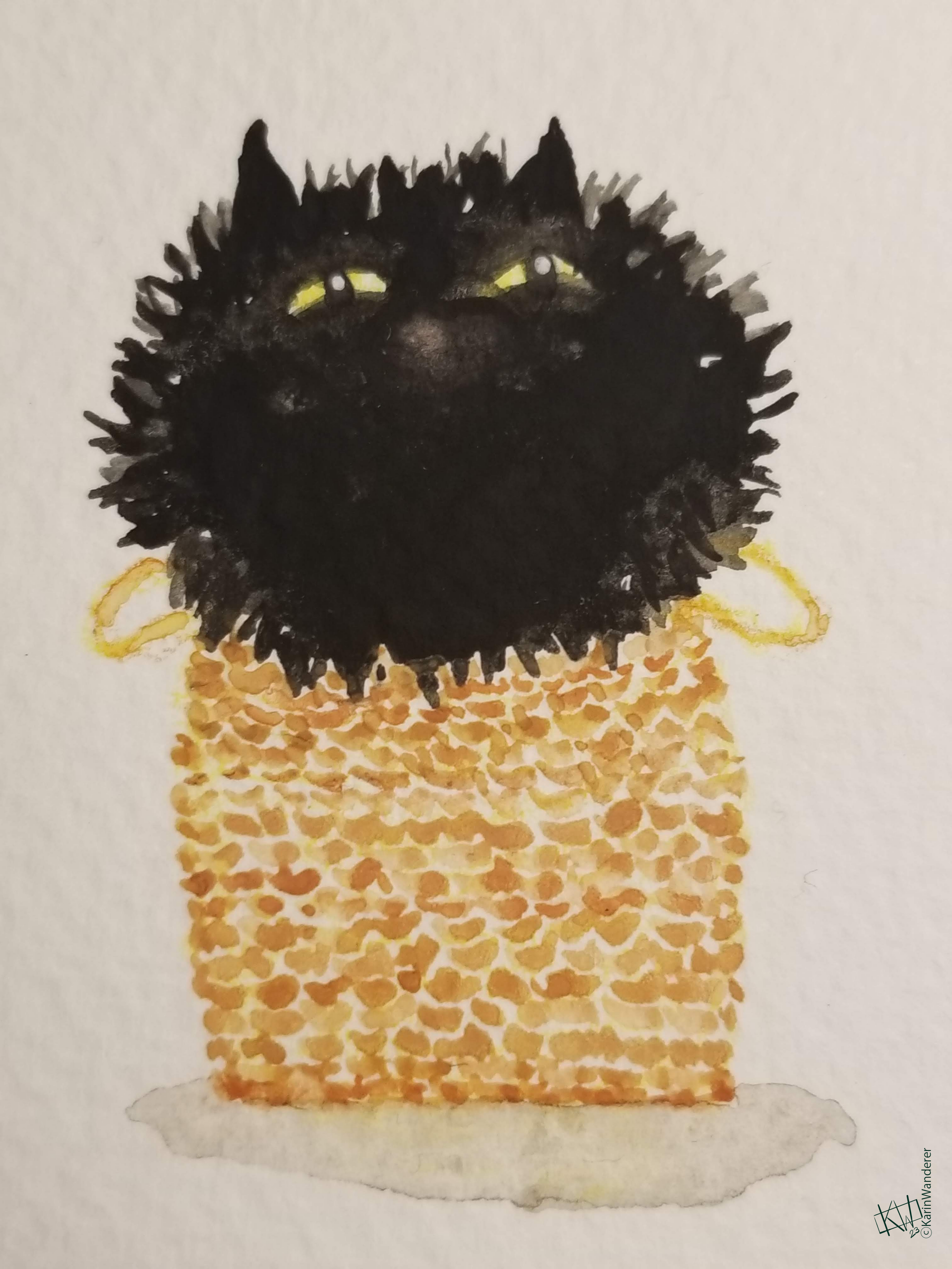 If I Fits…
If I Fits…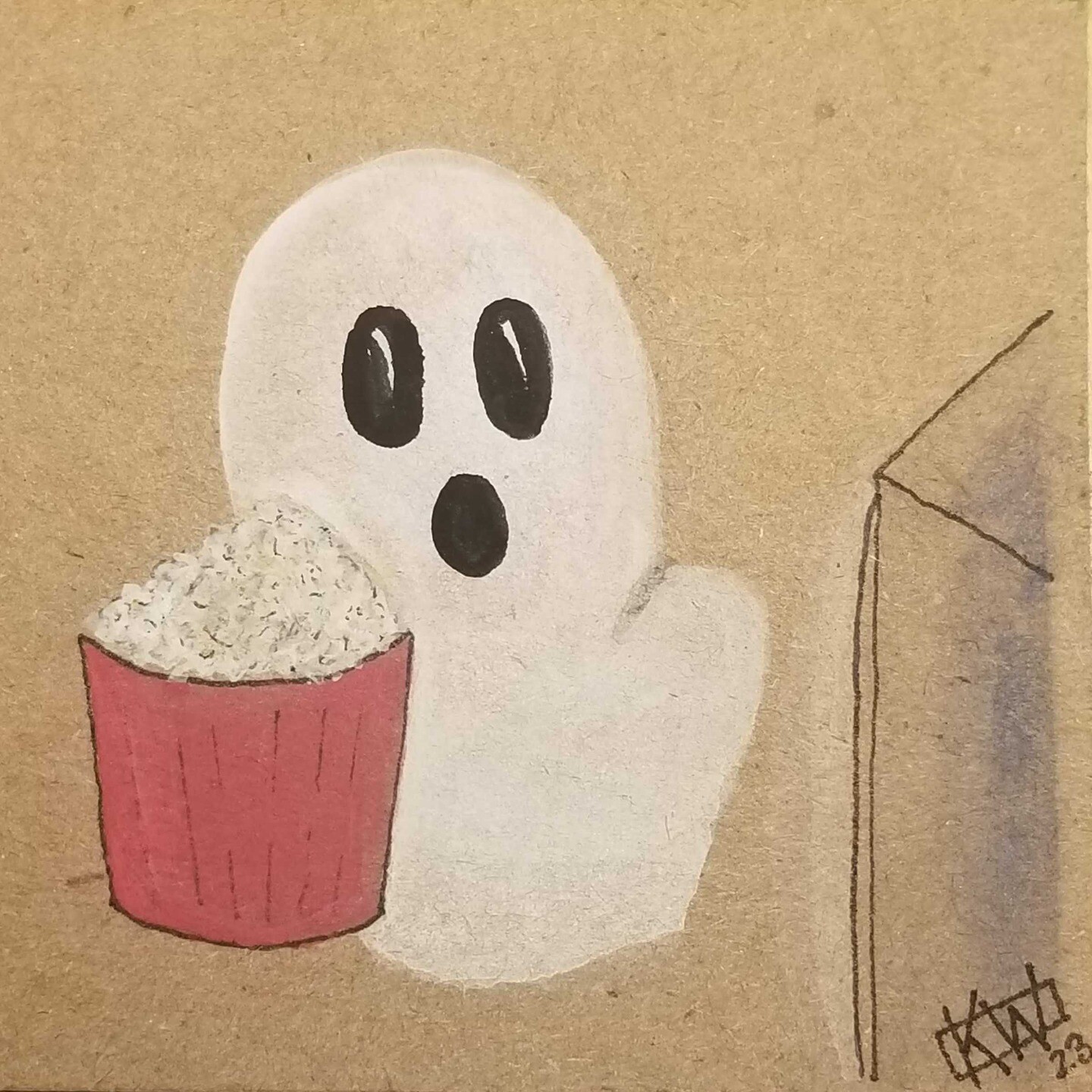 This picture has a notable lack of branding on the electronics & food.
This picture has a notable lack of branding on the electronics & food.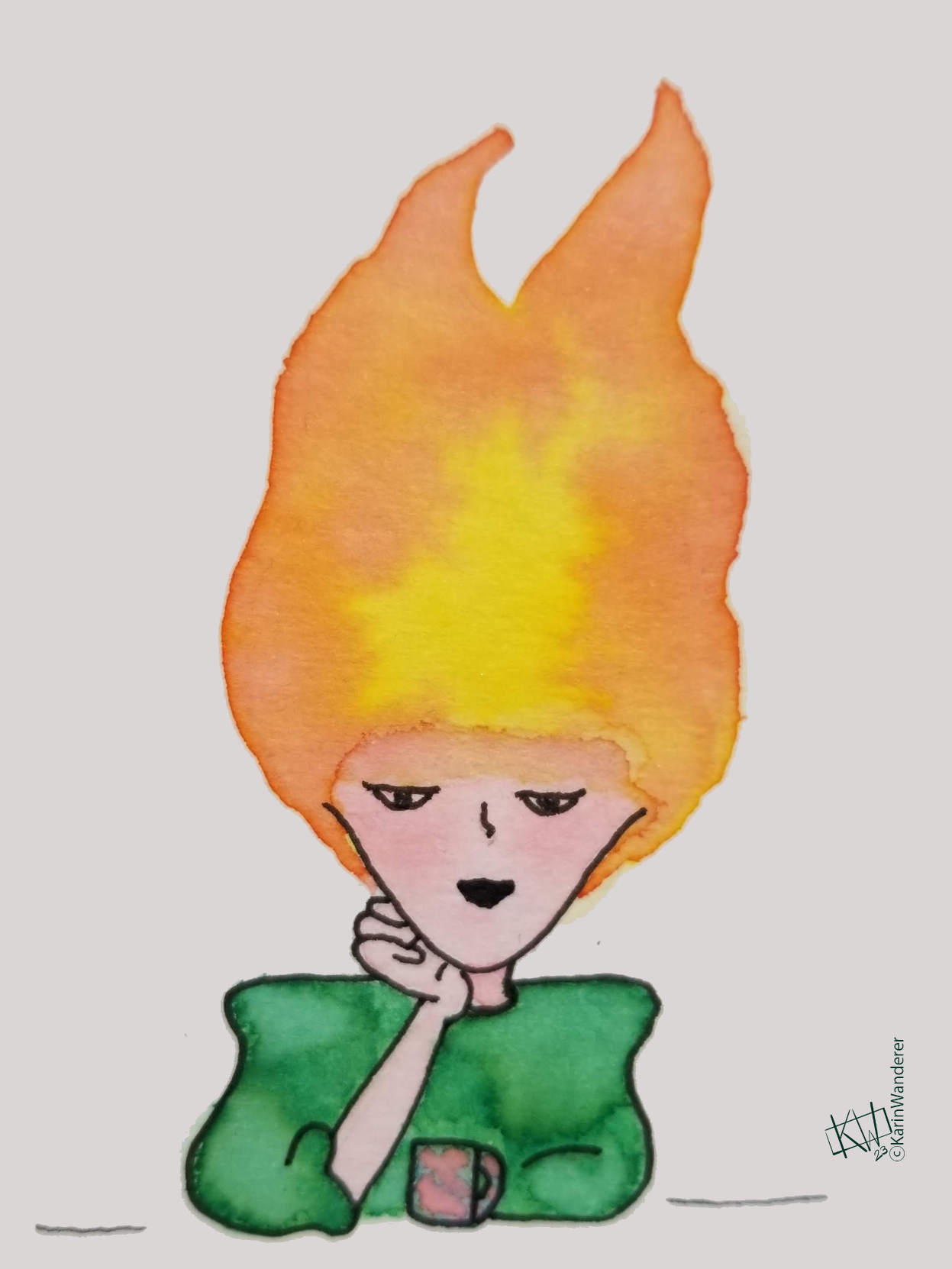 I don’t have a logo, but I do have an avatar. Do you think that counts? Last time in the
I don’t have a logo, but I do have an avatar. Do you think that counts? Last time in the 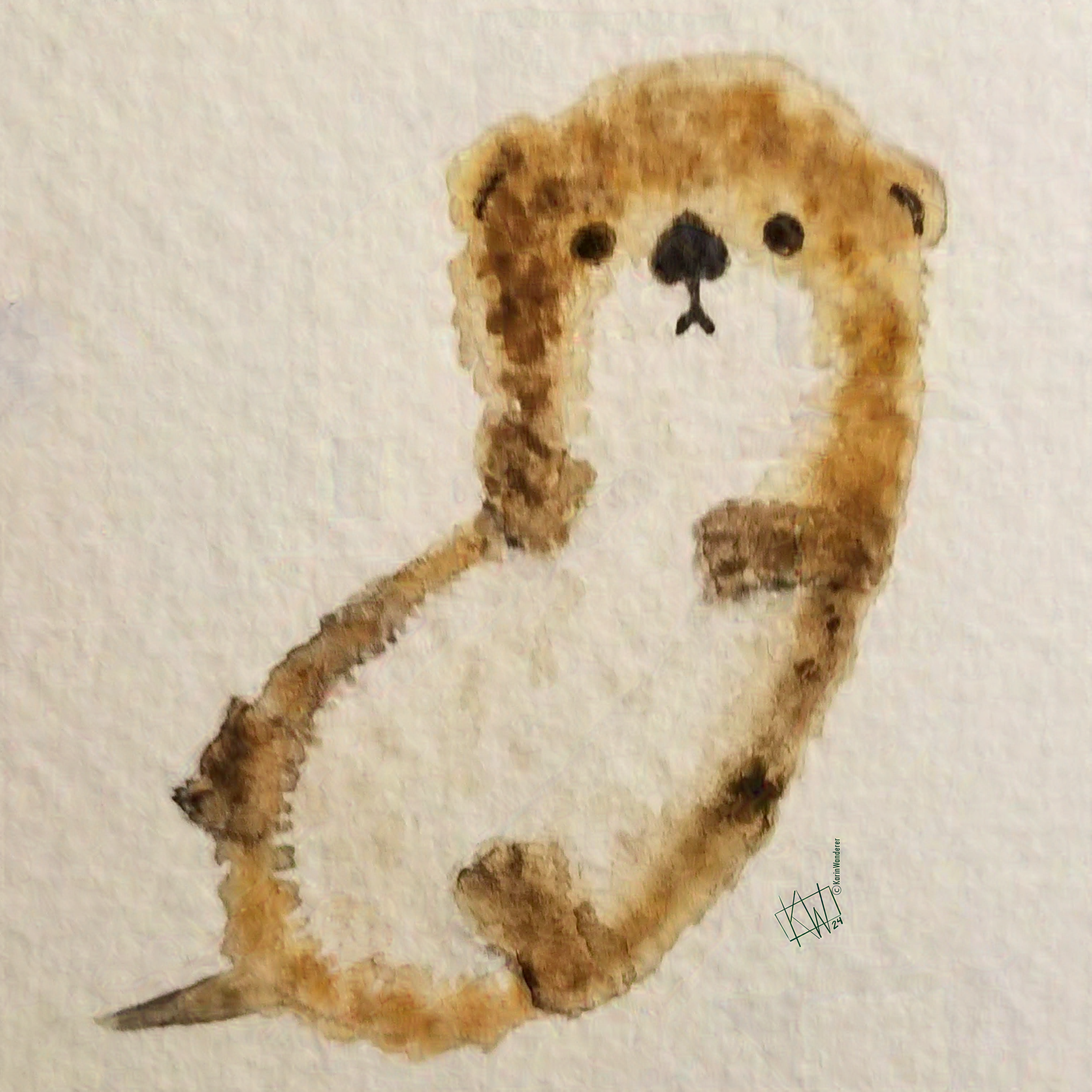
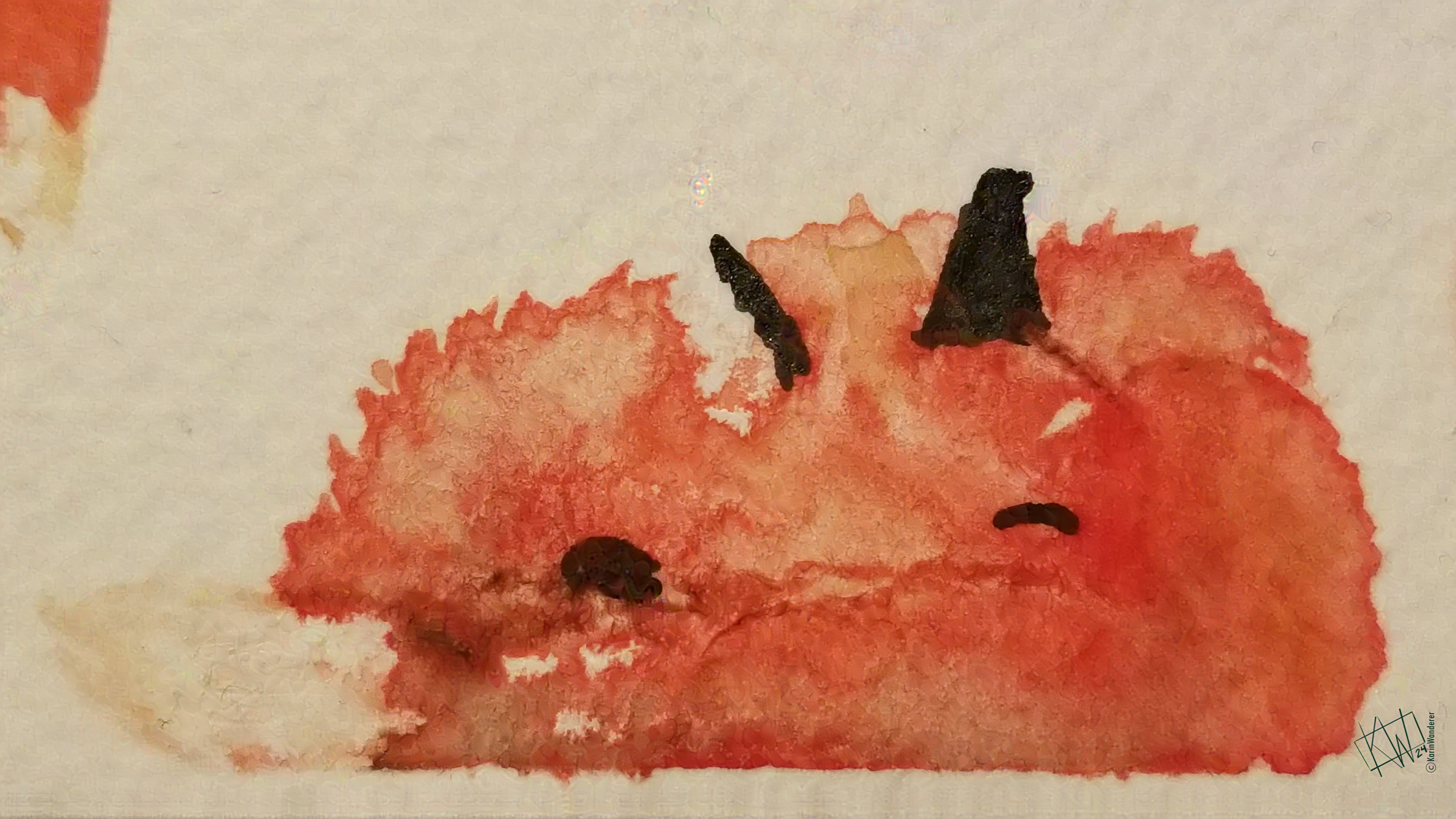
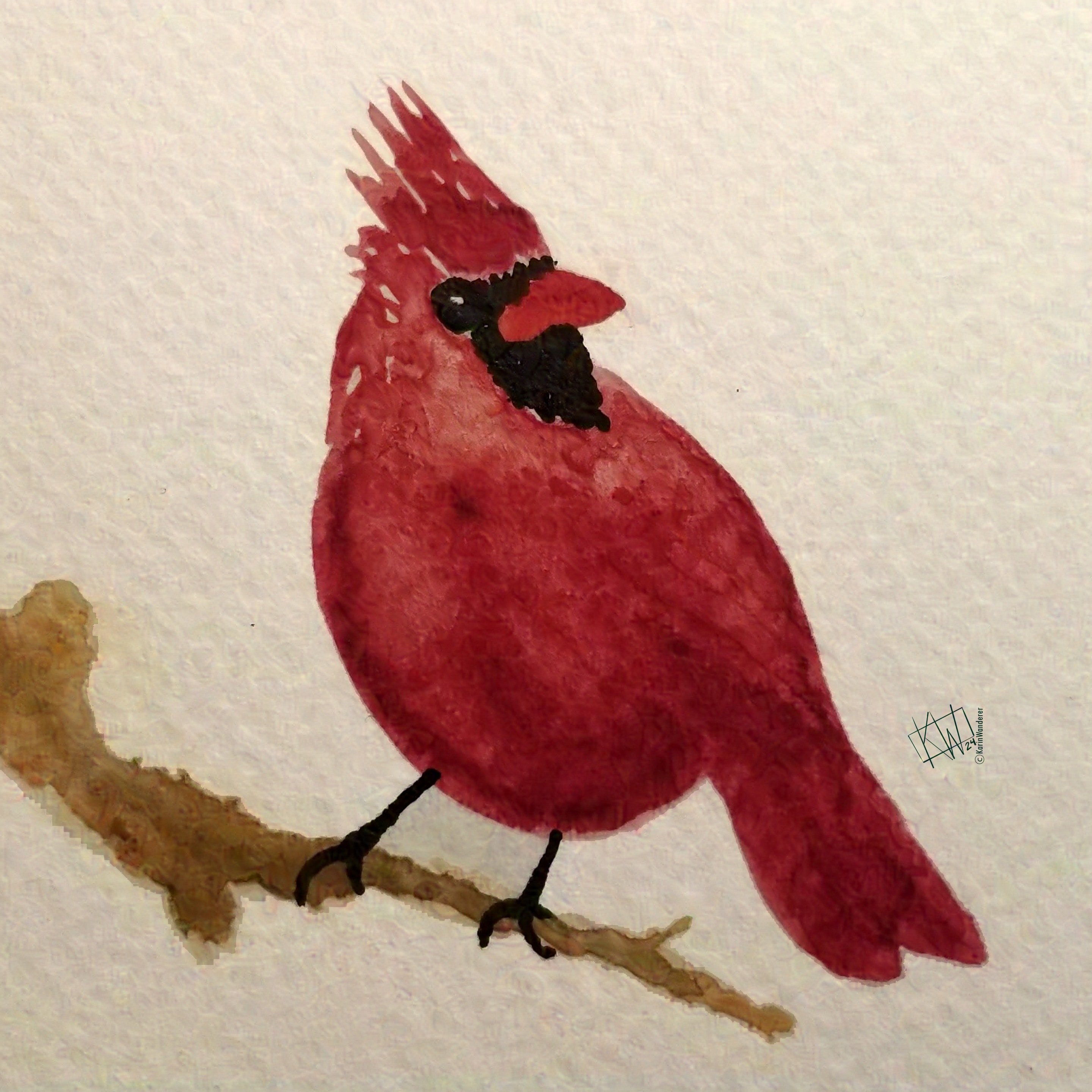 Red cardinal, brown branch; all is right in the Color Conformists’ world.
Red cardinal, brown branch; all is right in the Color Conformists’ world.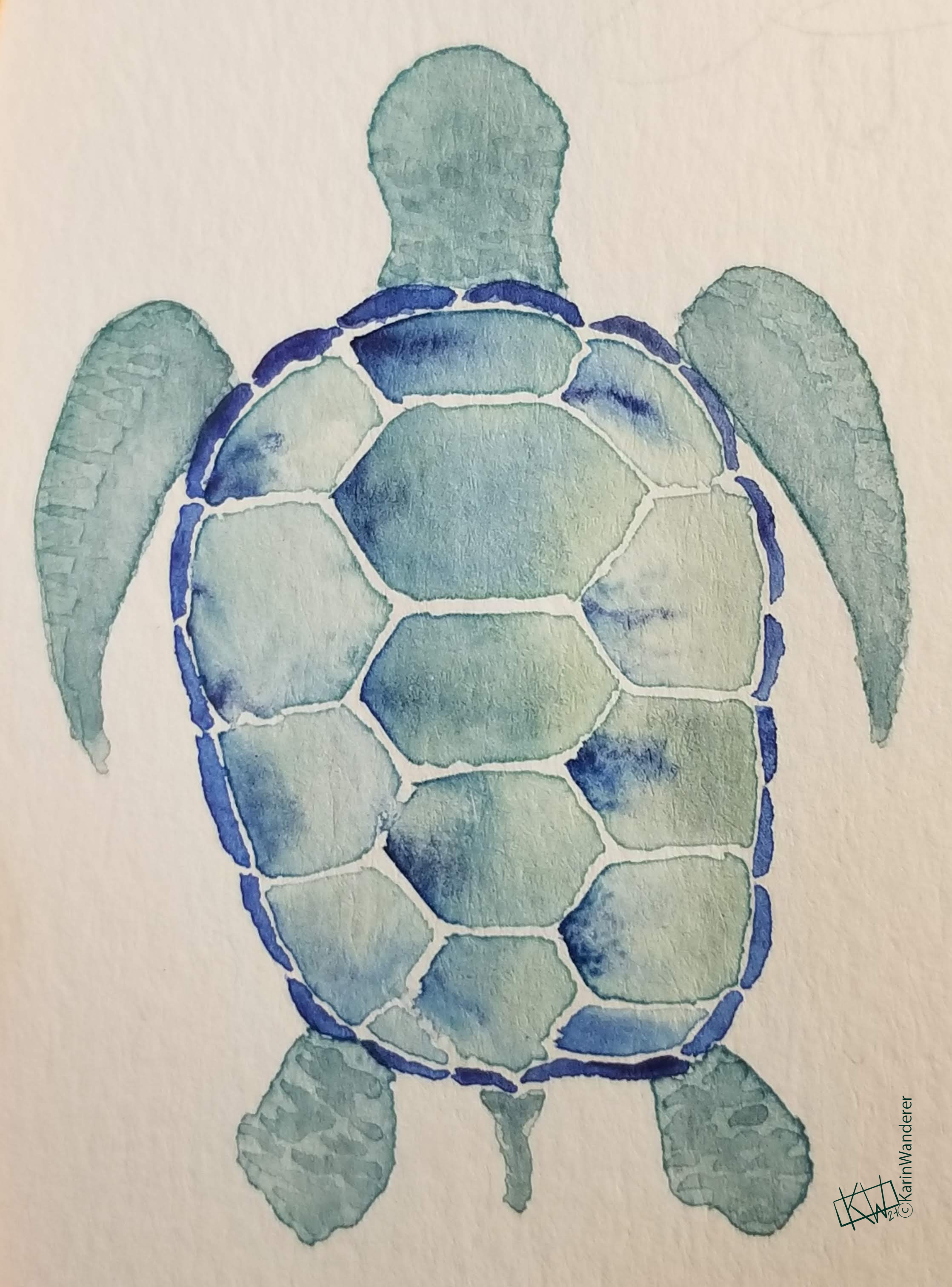 I want a turtle in my favorite colors & I will not let reality get in my way!
I want a turtle in my favorite colors & I will not let reality get in my way!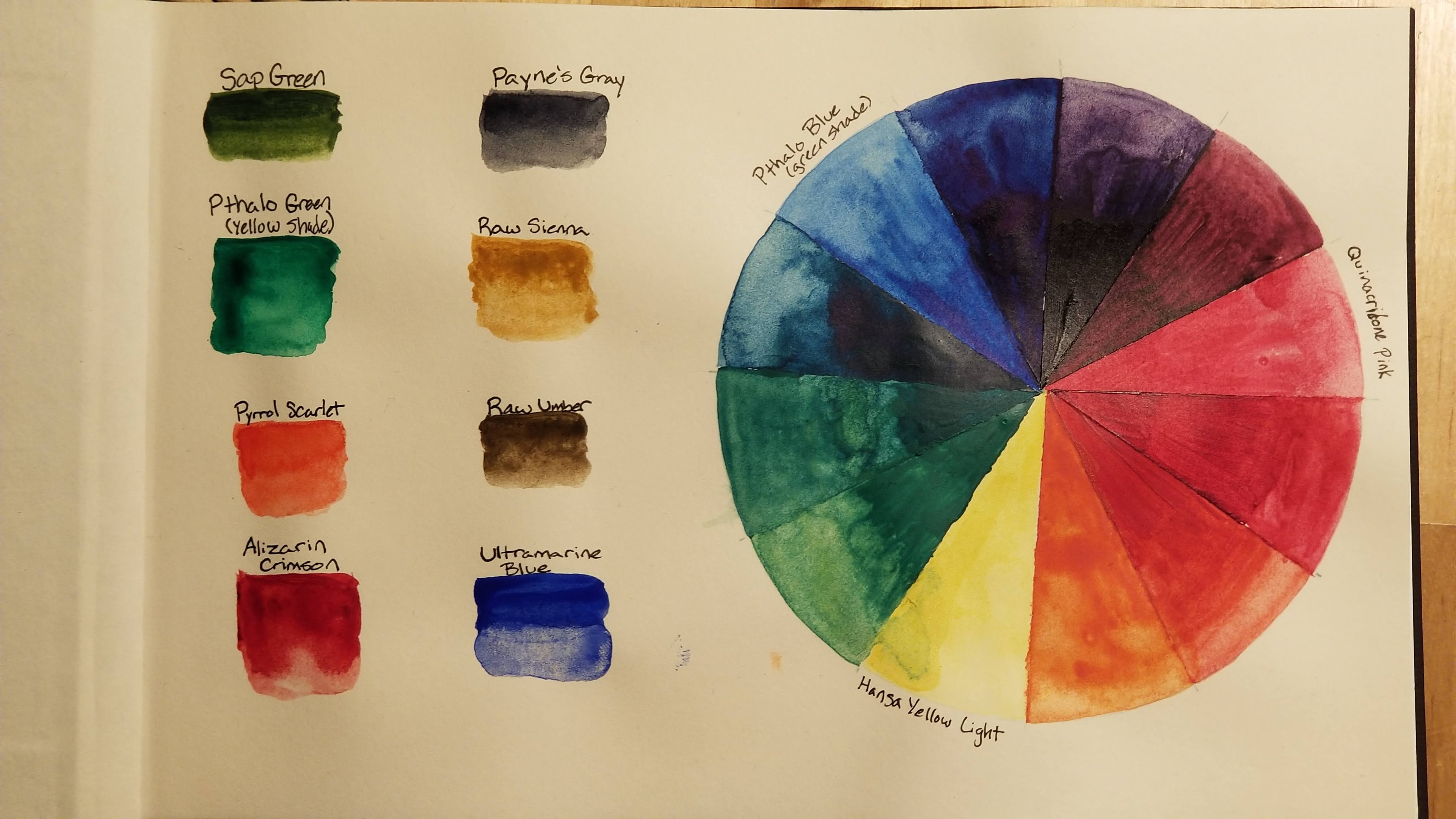 These are all my colors, the wheel is my 3 favorite CMY primaries
These are all my colors, the wheel is my 3 favorite CMY primaries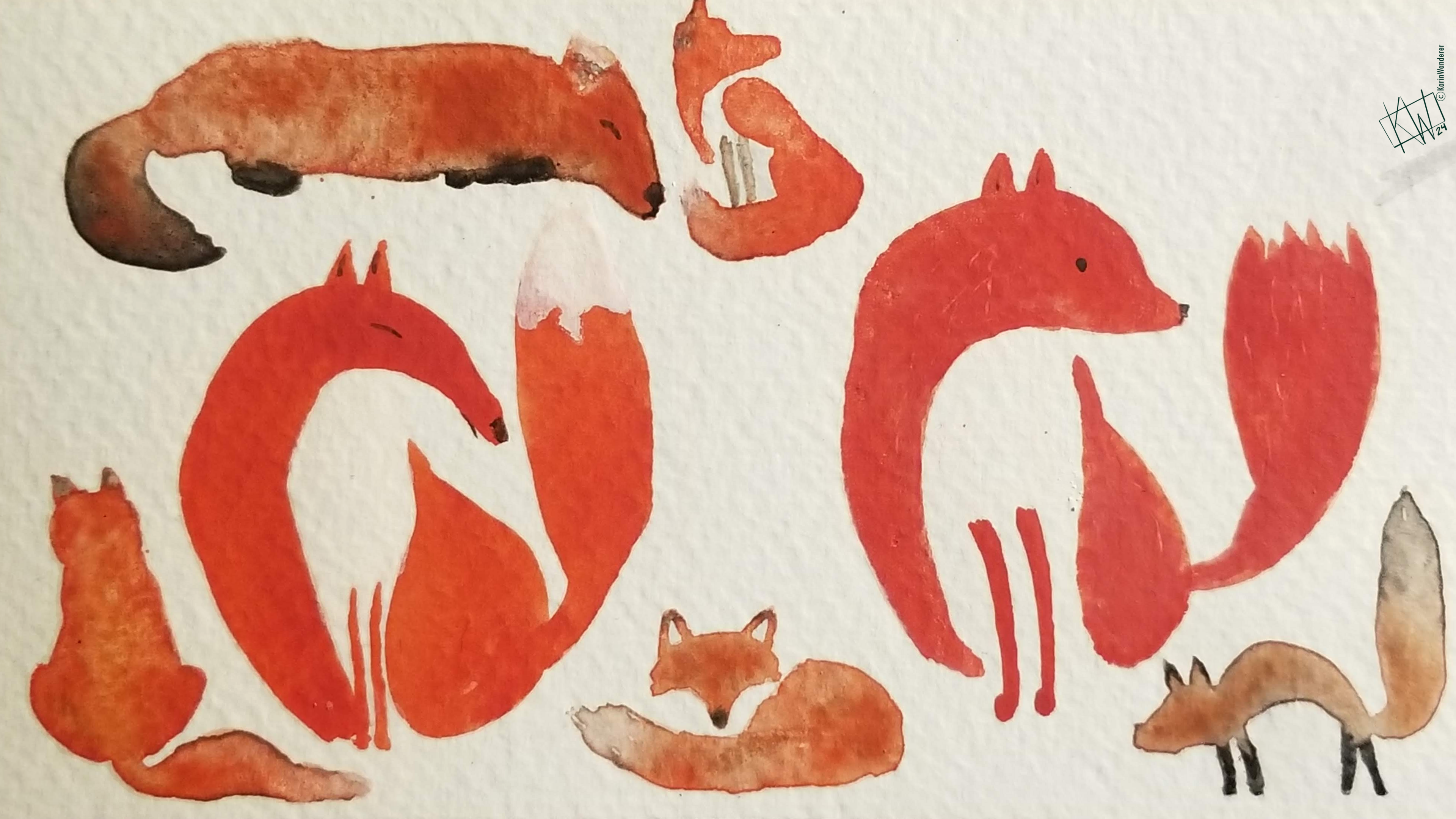 90% of my red paintings are foxes.
90% of my red paintings are foxes.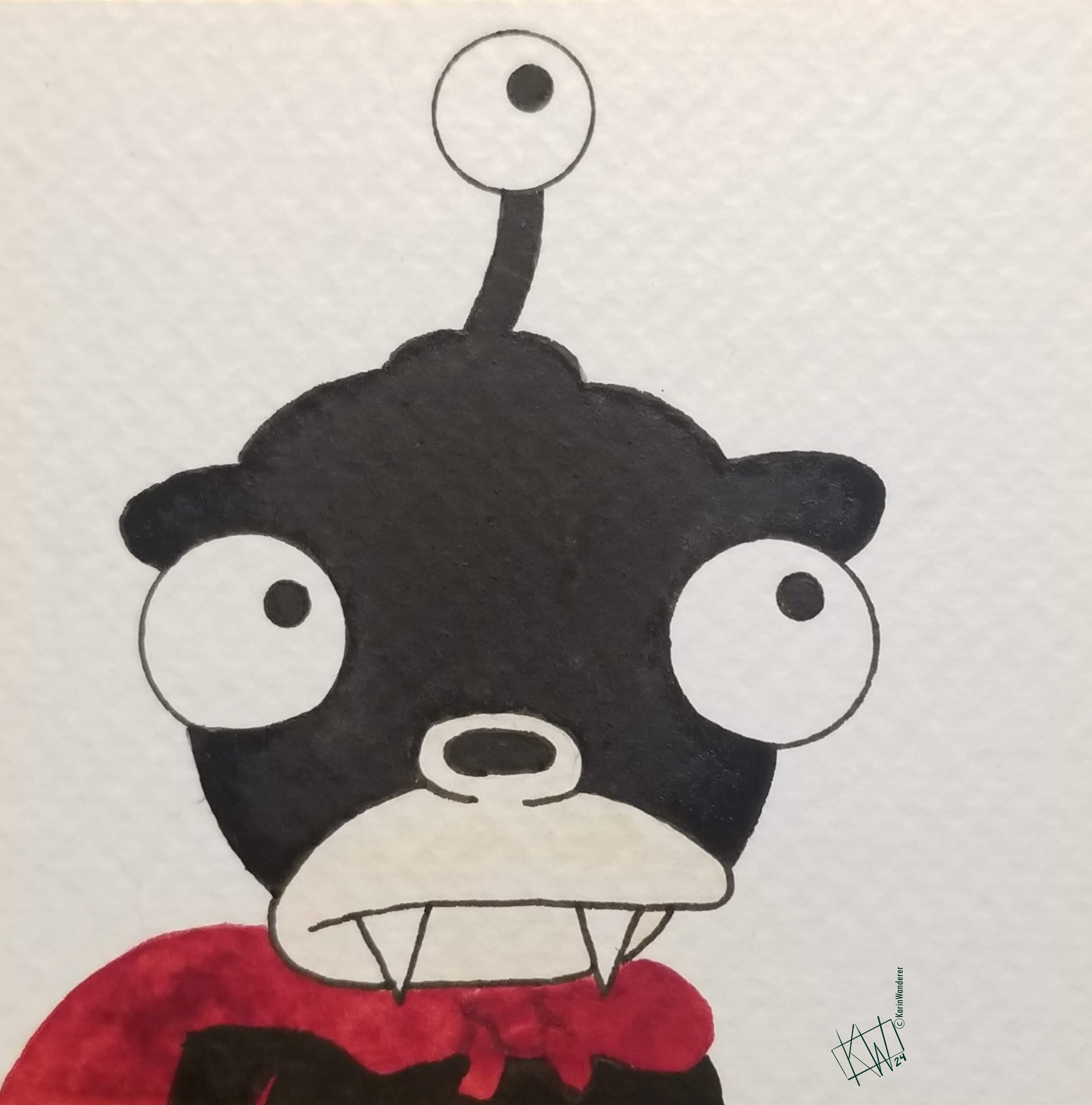 10% of my red paintings are fan art
10% of my red paintings are fan art